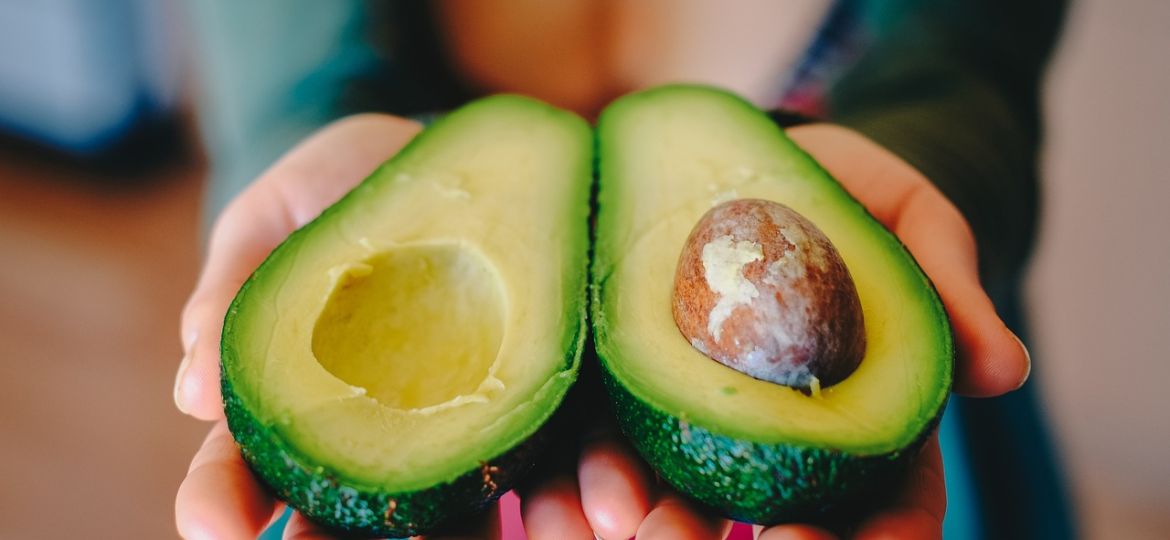
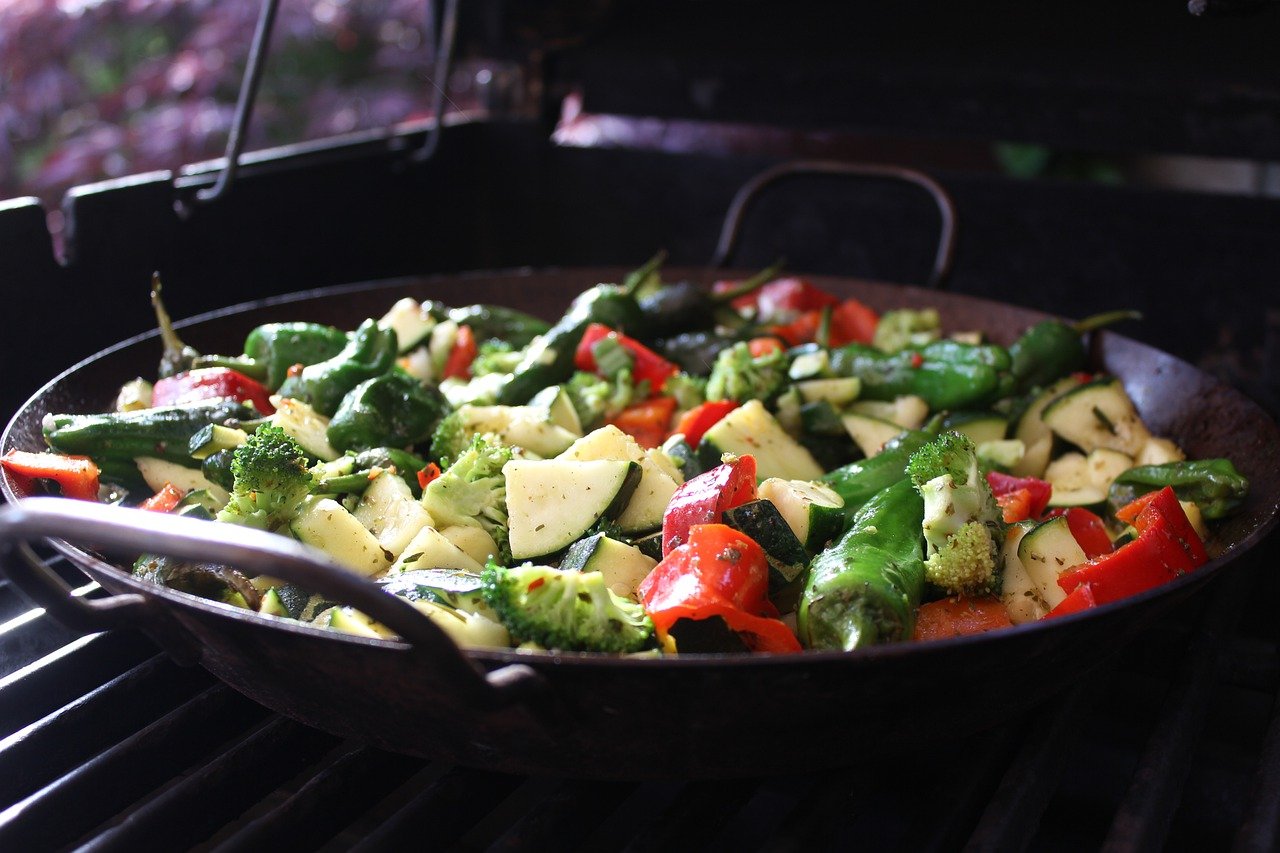
Of course, the common sense answer is a resounding yes, but does that go with the wishes of the seniors themselves?
As we get older, the body changes and so does our appetite. The stomach’s elasticity reduces with age, meaning that eating large meals may be a thing of the past. We get fuller that much easier and having been through this situation personally, I can say that trying to encourage your parent or a senior relative to eat healthy can cause friction.
Encouraging somebody in their seventies, eighties or nineties to try and go healthy might be a losing battle. I know it was like this from personal experience with my father, but at the same time, getting a senior to eat small meals on a regular basis can be very beneficial.
So let’s get into our guide for 20 Healthy Meals for Seniors.
1. Creamy Scrambled Eggs with Avocado
Ingredients:
- 2 eggs
- 1/2 ripe avocado, mashed
- 1 tablespoon milk or cream
- Salt and pepper to taste
- Butter or oil for cooking
Instructions:
- Crack the eggs into a bowl, add mashed avocado, milk or cream, salt, and pepper. Whisk until well combined.
- Heat butter or oil in a non-stick pan over medium heat.
- Pour the egg mixture into the skillet and let it cook without stirring until the edges start to set.
- Gently scramble the eggs with a spatula until cooked to your desired consistency.
- Serve hot.
Pros:
- High in protein and healthy fats.
- The soft texture makes it easy to eat.
- Avocado adds extra nutrients and creaminess.
Cons:
- Avocado may not always be readily available or affordable.
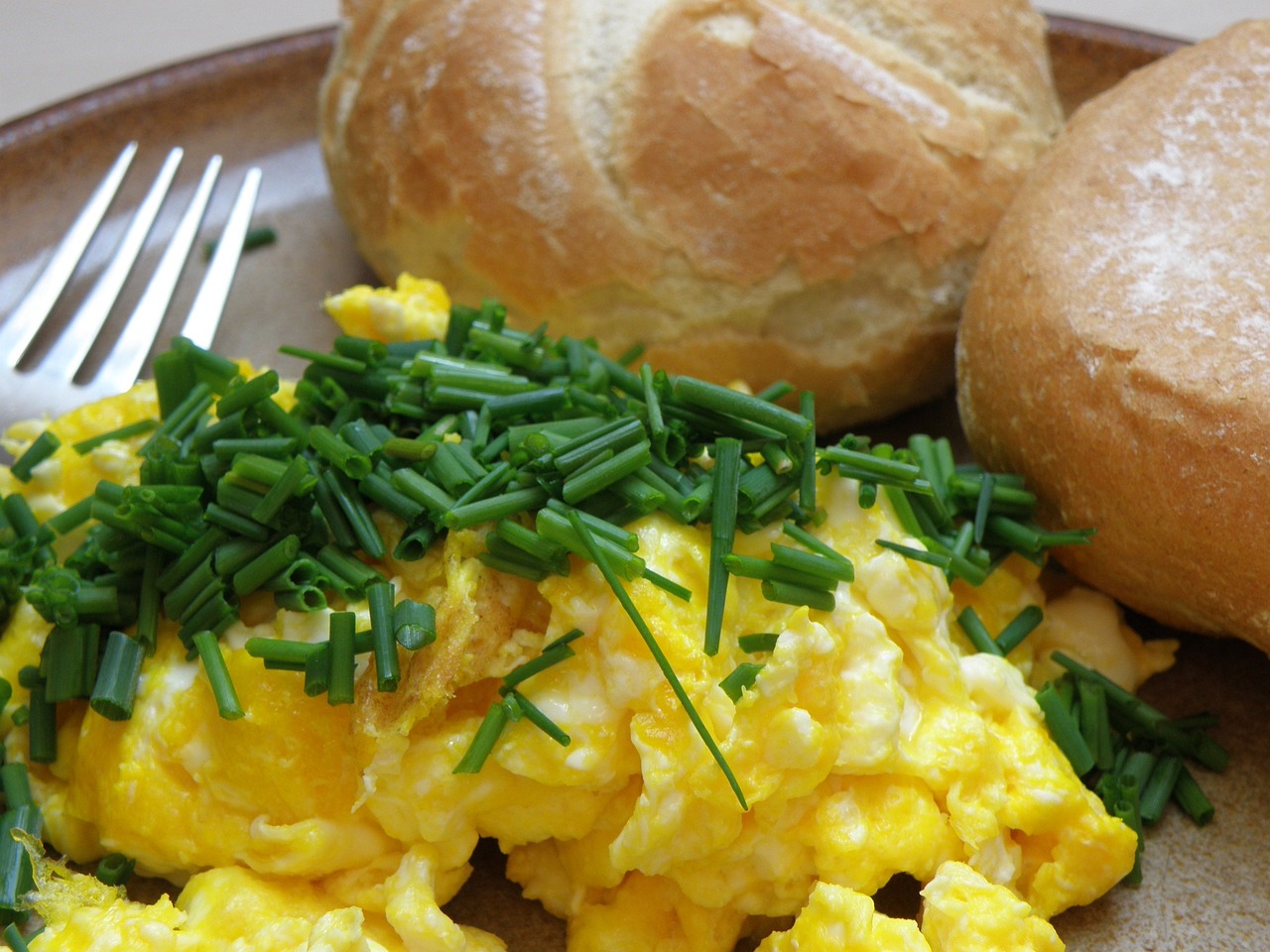
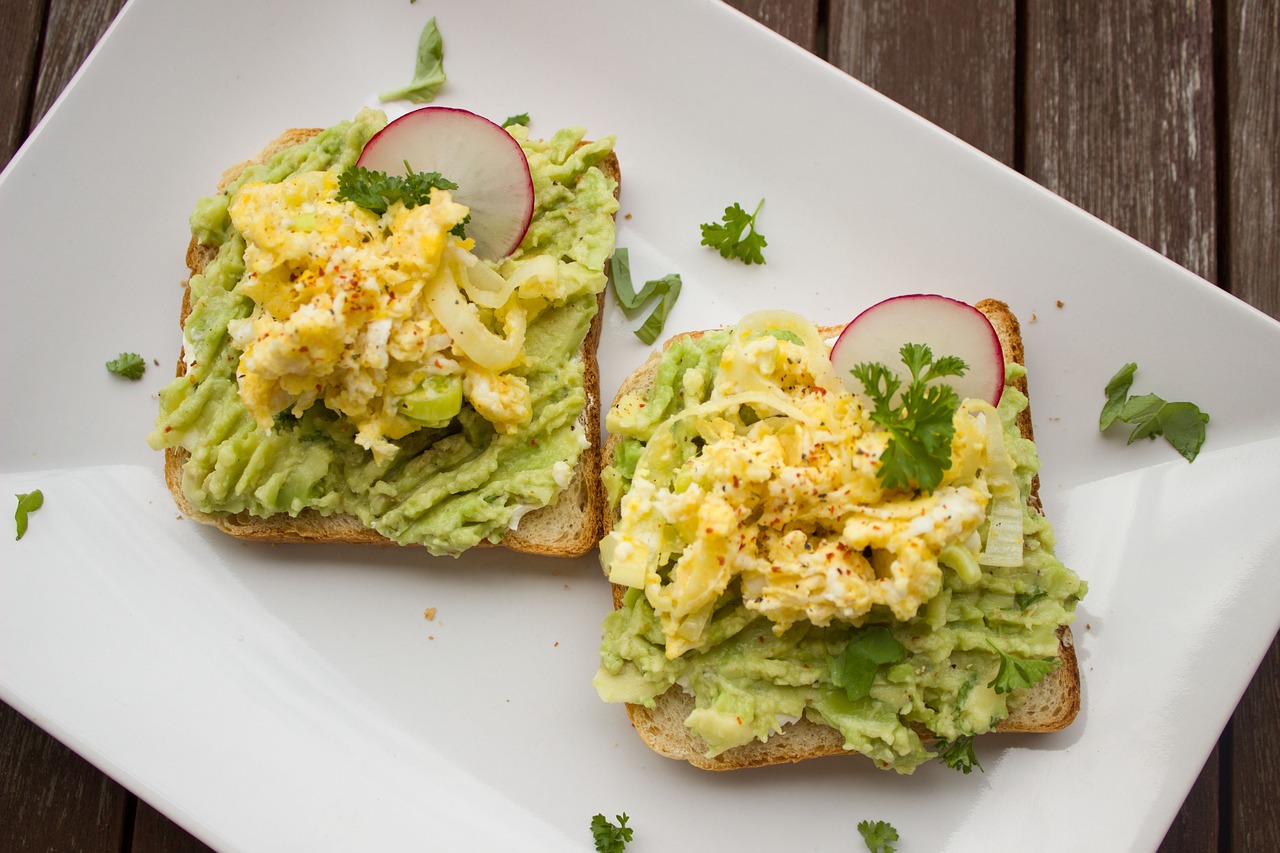
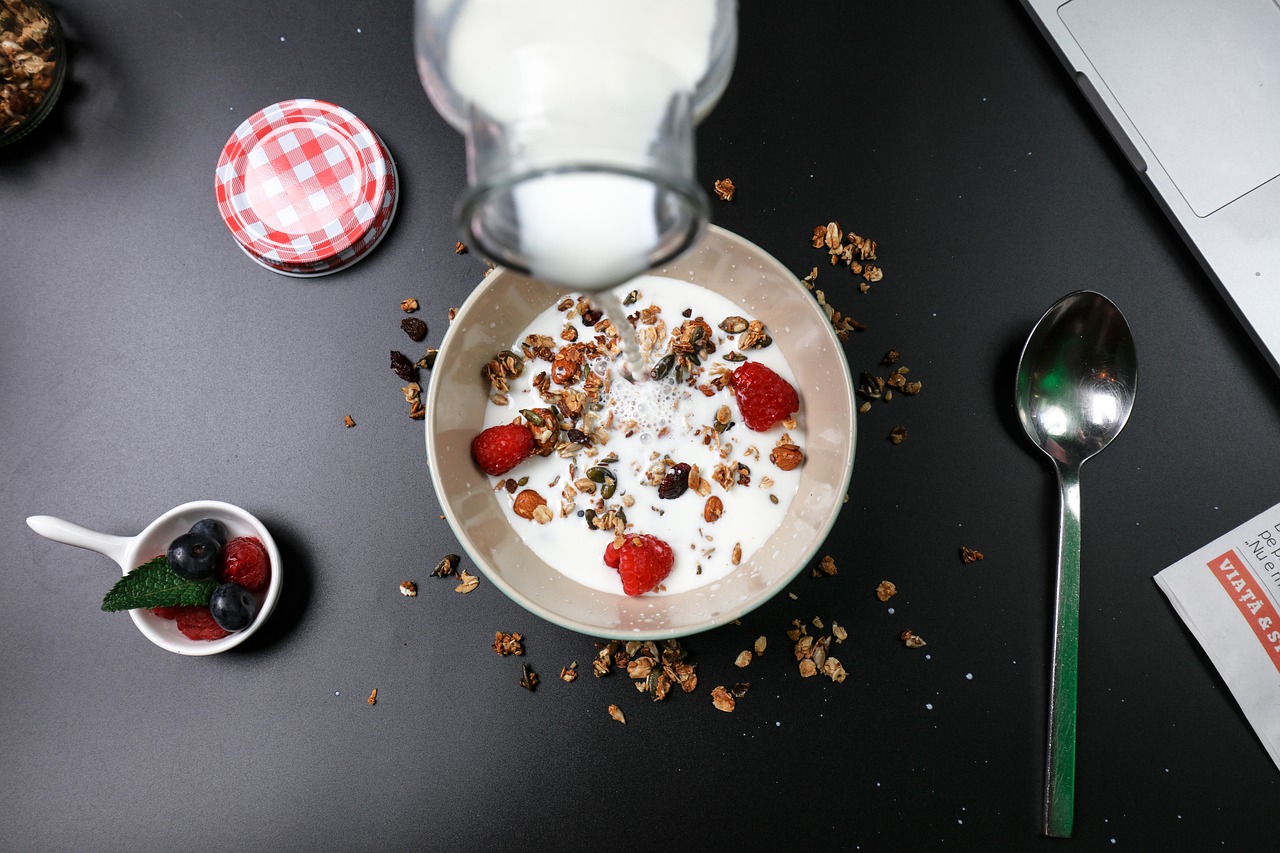
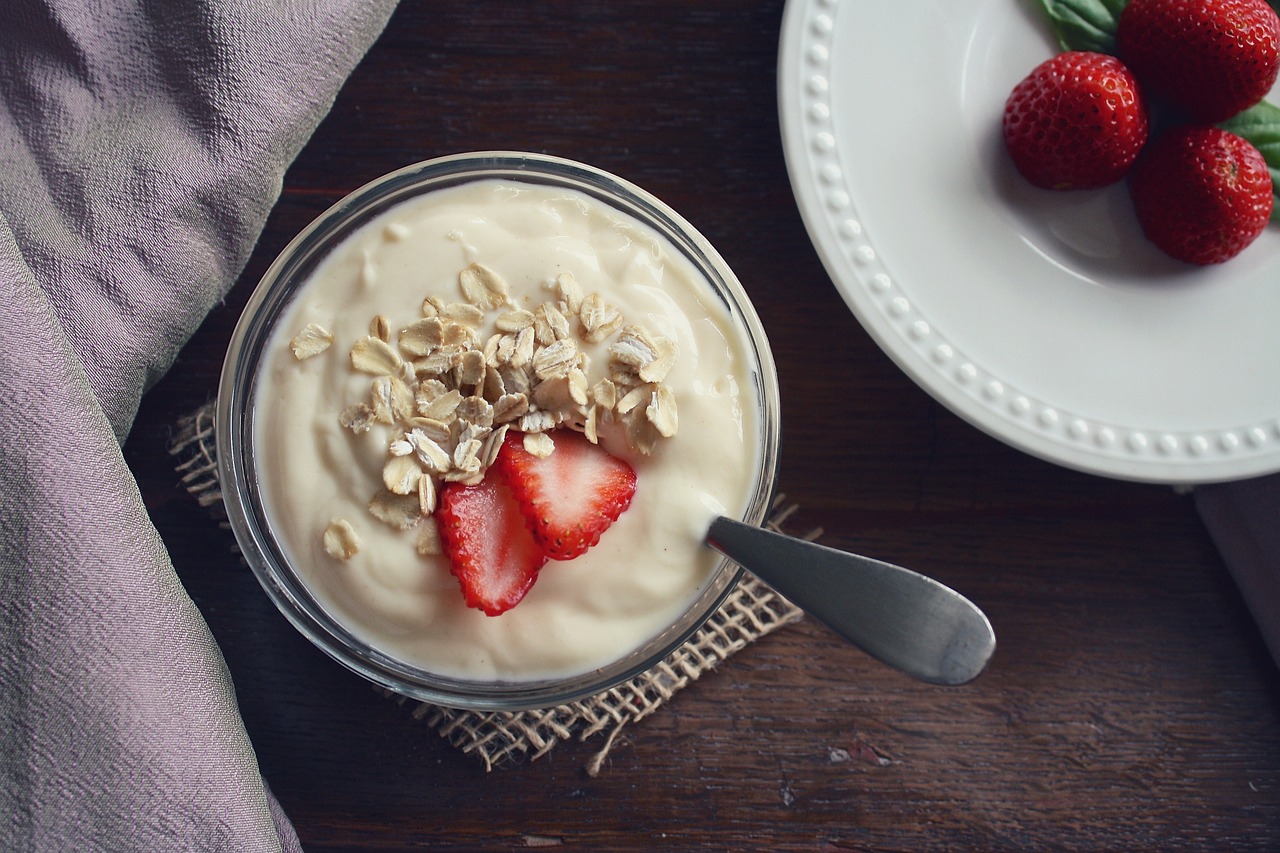
Ingredients:
- 1/2 cup Greek yogurt
- 1/4 cup mixed berries (strawberries, blueberries, raspberries)
- 1 tablespoon sliced almonds (check for allergies)
- Honey or maple syrup (optional)
Instructions:
- In a small bowl or glass, layer Greek yoghurt, mixed berries, and sliced almonds.
- Drizzle with honey or maple syrup if desired.
- Serve immediately.
Pros:
- High in protein and calcium from Greek yoghurt.
- Berries provide antioxidants and fibre with lower sugar intake
- Almonds add healthy fats and crunch.
Cons:
- Some seniors may have difficulty chewing almonds and some people may have an allergy to nuts.
Ingredients:
- 1 ripe banana
- 2 tablespoons peanut butter
- 1/2 cup milk (or dairy-free alternative)
- 1/4 cup Greek yogurt
- 1 tablespoon honey (optional)
- Ice cubes (optional)
Instructions:
- Place all ingredients in a blender.
- Blend until smooth and creamy.
- If desired, add ice cubes (for a refreshing summer drink) and blend again until smooth.
- Pour into a glass and serve immediately.
Pros:
- Rich in protein and healthy fats.
- Easy to swallow through a straw for those with difficulty chewing.
- Provides a strong balance of nutrients.
Cons:
- May be high in calories for some individuals. (Seek advice from a certified dietician in case of any food allergies)
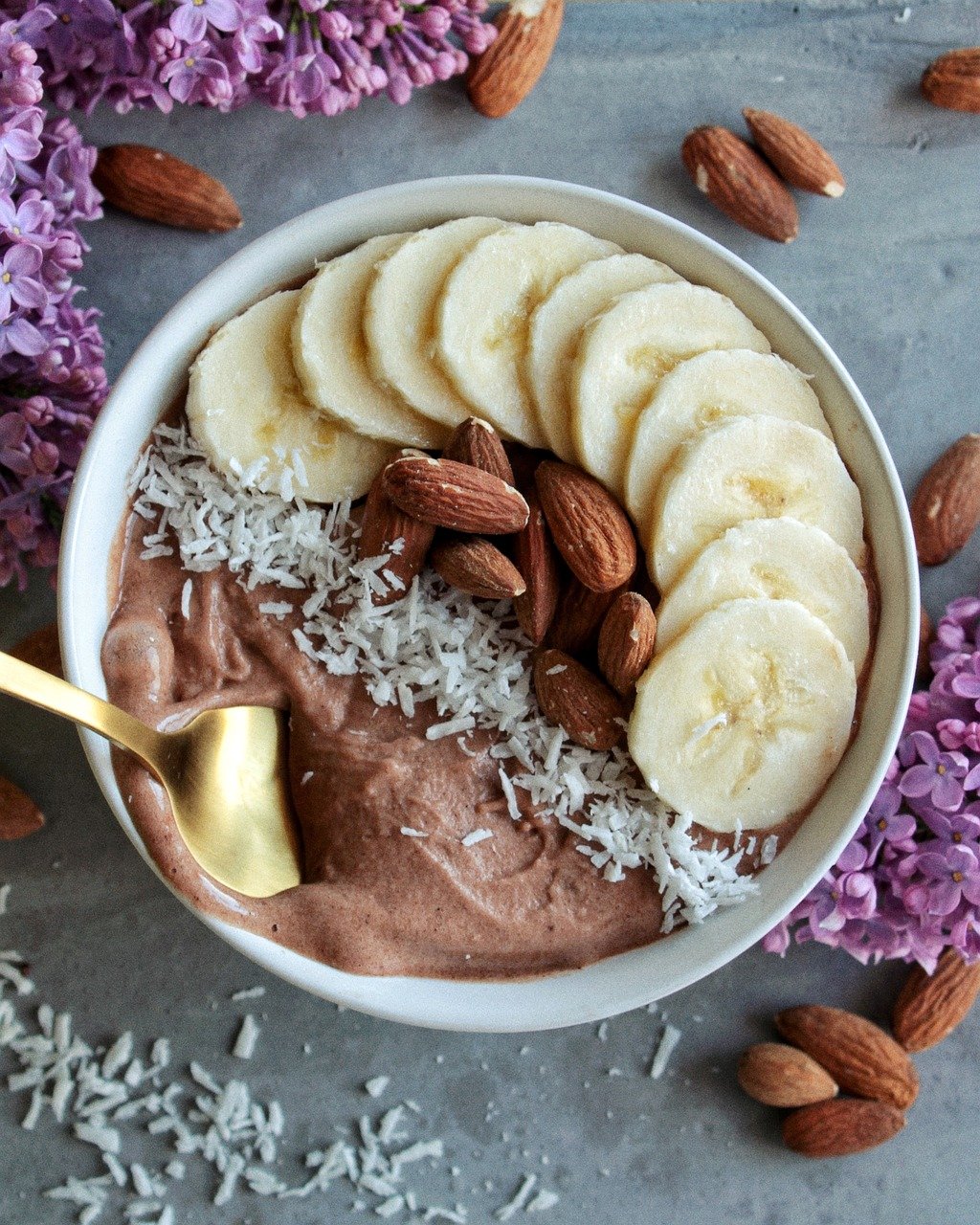
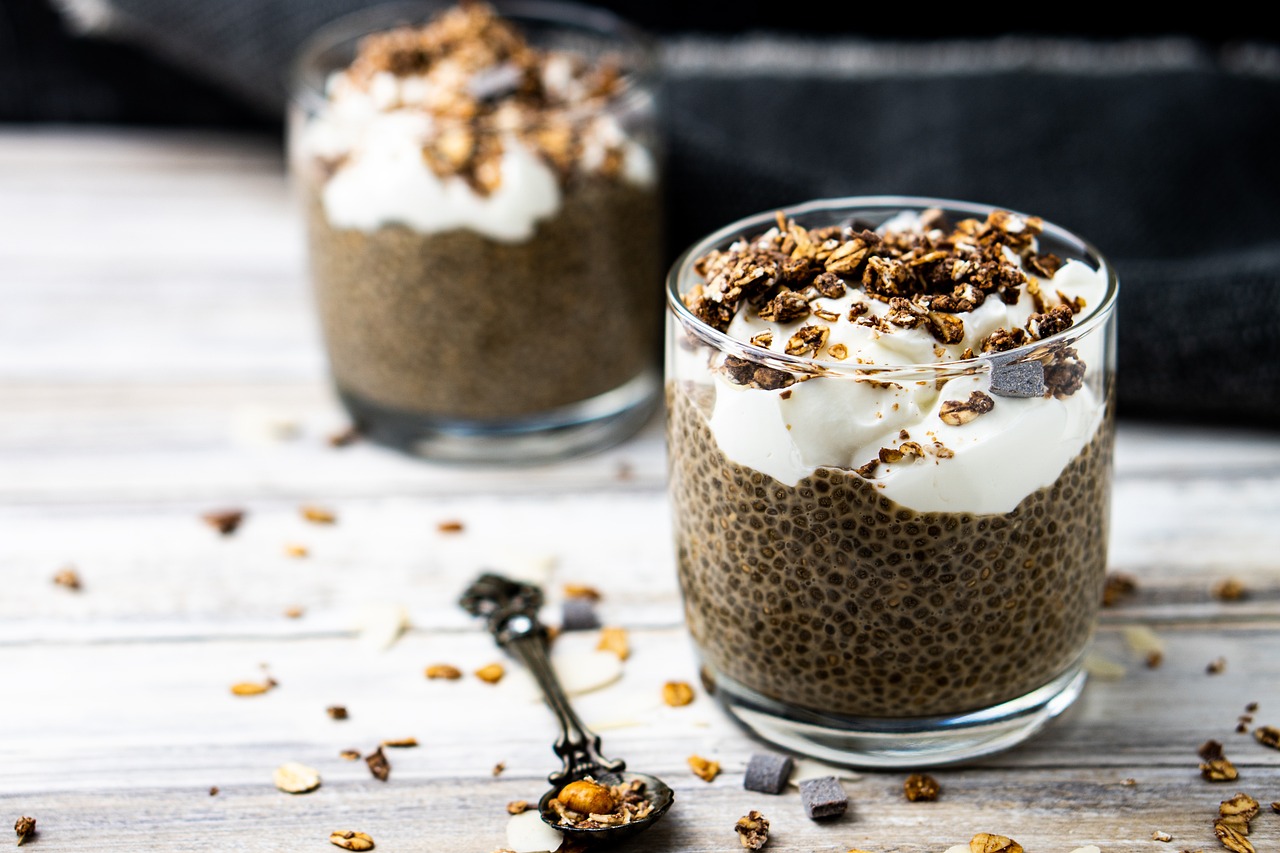
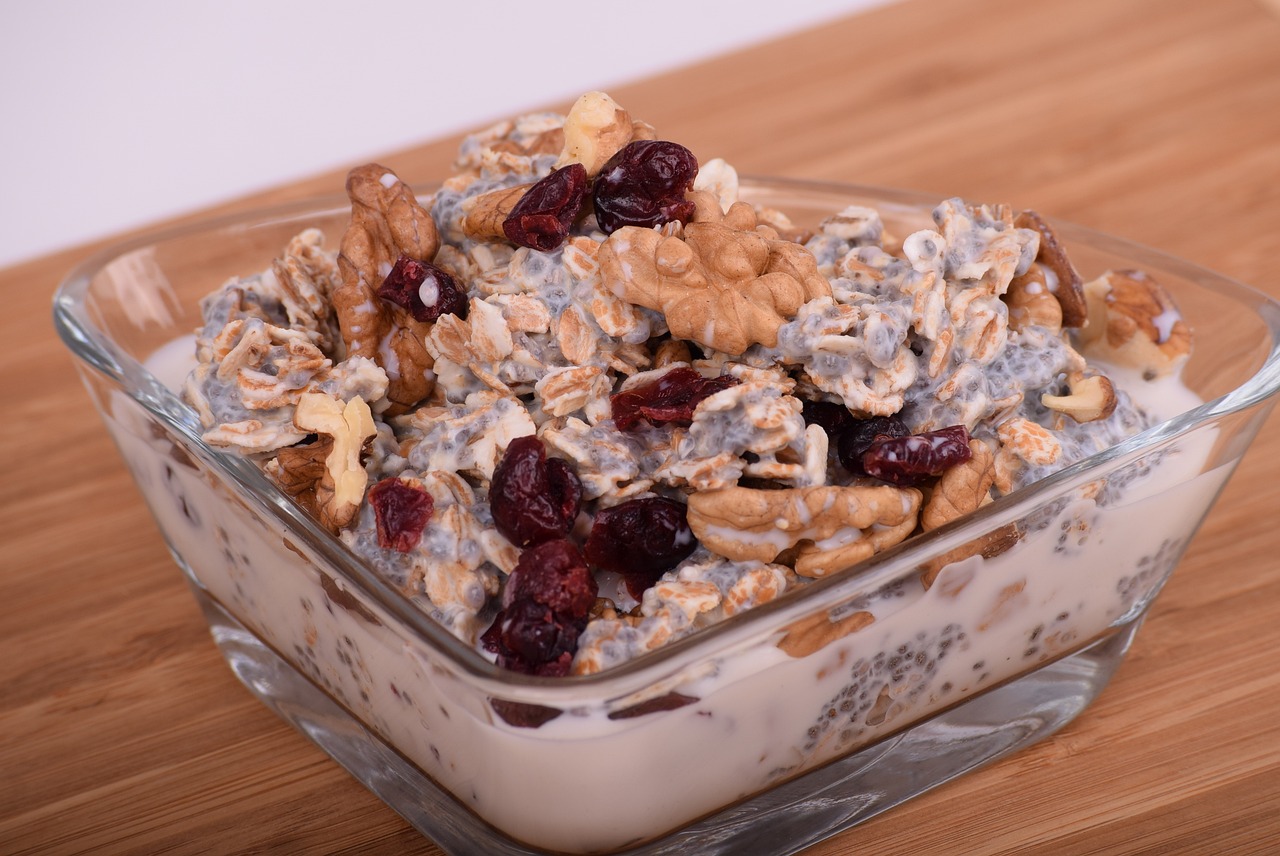
Ingredients:
- 1/2 cup rolled oats
- 1 cup water or milk (soy or almond milk can be used as an alternative)
- 1 tablespoon chia seeds
- 1 tablespoon almond butter
- Honey or maple syrup (optional)
Instructions:
- Bring water or milk to a boil in a small saucepan
- Stir in rolled oats and chia seeds, reduce heat to low, and simmer for 5-7 minutes, stirring occasionally, until thickened.
- Remove from heat and stir in almond butter until well combined.
- Sweeten with honey or maple syrup as desired.
- Serve warm.
Pros:
- Oats are high in fibre and protein.
- Chia seeds add extra fibre and omega-3 fatty acids.
- Almond butter provides healthy fats and creaminess.
Cons:
- Some seniors may find oatmeal too heavy or filling, so a half portion of the recipe can be used.
- Some people may be allergic to certain fibre and grains.
Ingredients:
- 1 egg
- 1 slice whole wheat bread
- Butter for spreading
- Salt and pepper to taste
Instructions:
- Bring a small pot of water to a boil.
- Gently lower the egg into the boiling water and let it cook for three minutes for a soft-boiled egg.
- While the egg is cooking, toast the whole wheat bread and cut it into soldiers (thin strips).
- Once the egg is cooked, remove it from the water and carefully peel off the shell.
- Season the egg with salt and pepper and serve with toast soldiers for dipping.
Pros:
- Eggs are a good source of protein and essential nutrients.
- The soft texture is easy to chew and digest.
- Whole wheat toast provides fibre and complex carbohydrates.
Cons:
- Requires careful timing to achieve the desired softness of the egg.
The above breakfast recipes are ideal for carers, as they are all very easy to prepare and take limited time. Ingredients and cooking methods can be adjusted to take into account individuals’ dietary requirements.
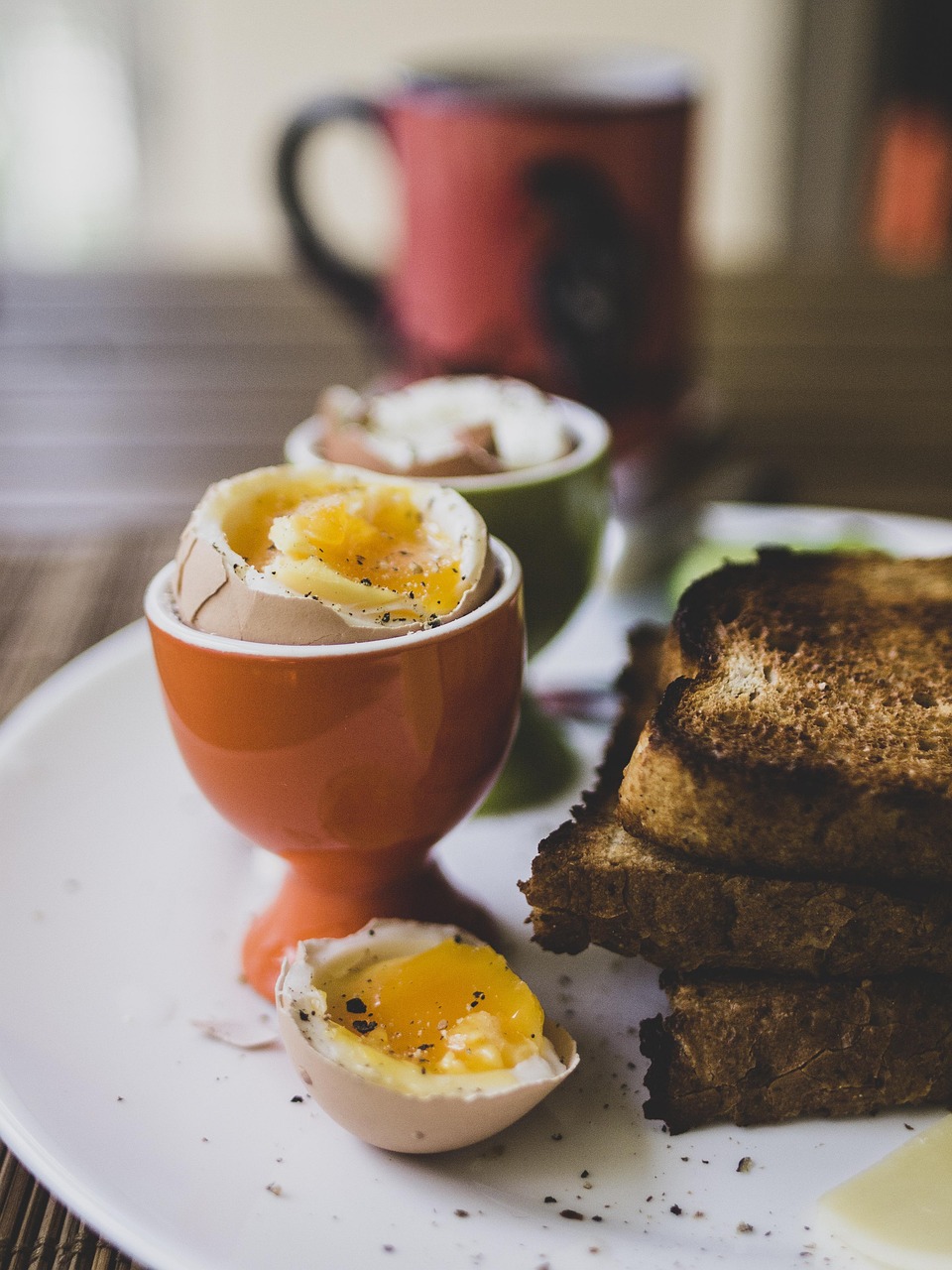
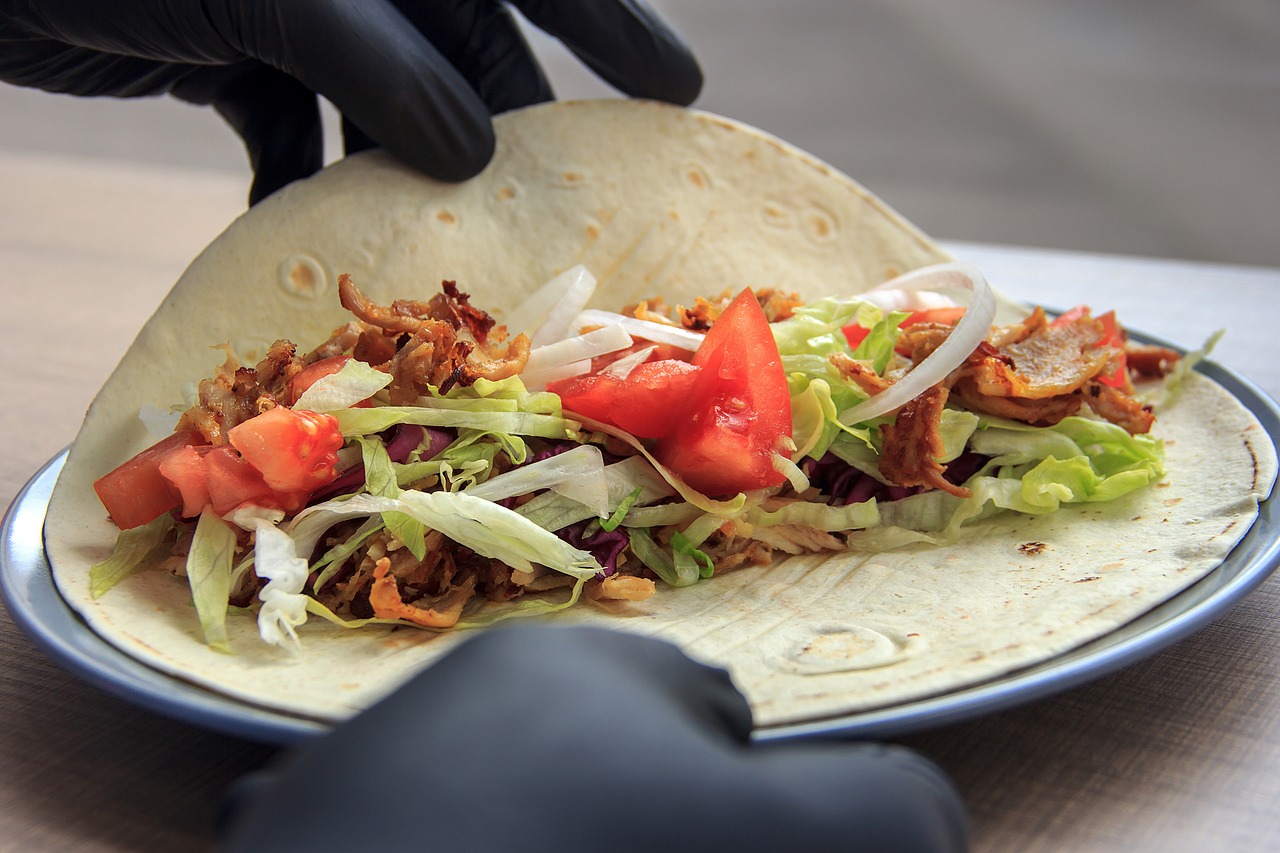
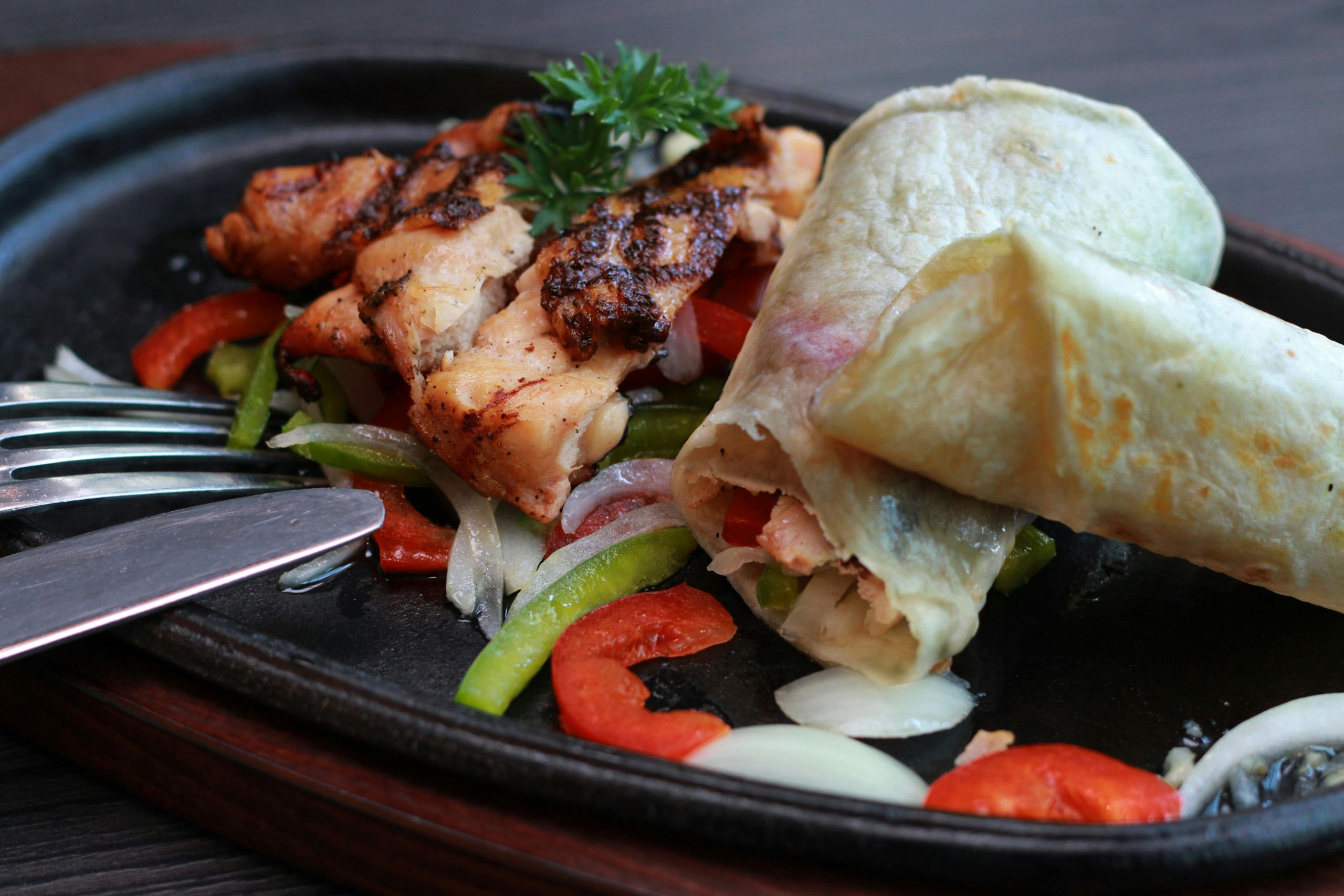
1. Soft Chicken Salad Wrap
Ingredients:
- 1/2 cup cooked chicken, preferably shredded or diced
- 2 tablespoons Greek yoghurt
- 1 tablespoon mayonnaise
- 1/4 cup diced celery
- Salt and pepper to taste
- 1 large soft tortilla or wrap
- Lettuce leaves (optional)
Instructions:
- Take a bowl and mix the cooked chicken, Greek yoghurt, mayonnaise, diced celery, salt, and pepper until well combined.
- Place the tortilla or wrap on a clean surface and layer with lettuce leaves (if using) followed by the chicken salad mixture.
- Roll the tortilla tightly into a wrap, folding in the sides as you go.
- Slice the wrap in half diagonally and serve as whole or sliced into smaller portions
Pros:
- Chicken provides protein for muscle health.
- Greek yoghurt adds calcium and probiotics.
- The soft wrap makes it easy to chew and digest.
Cons:
- Tortillas may be high in carbs for some individuals.
Ingredients:
- 1 cup tomato soup (homemade using tomato puree and fresh diced plum tomatoes)
- 1-2 slices soft whole wheat bread
- 1/4 cup shredded cheddar cheese
- Butter for spreading
Instructions:
- Heat the tomato soup in a saucepan over medium heat until warmed through.
- Meanwhile, spread butter on one side of each slice of bread.
- Place the bread slices butter-side down in a pan over medium heat.
- Sprinkle shredded cheddar cheese evenly over one slice of bread.
- Once the cheese starts to melt and the bread is golden brown, place the other slice of bread on top to make a sandwich.
- Cook until the cheese is completely melted and the bread is toasted lightly on both sides.
- Cut the grilled cheese sandwich into small bite-sized pieces and serve with the warm tomato soup.
Pros:
- Homemade tomato soup provides vitamins and antioxidants.
- Grilled cheese offers protein and calcium.
- The soft texture is easy to eat for seniors.
Cons:
- Some store-bought ingredients may be high in sodium.
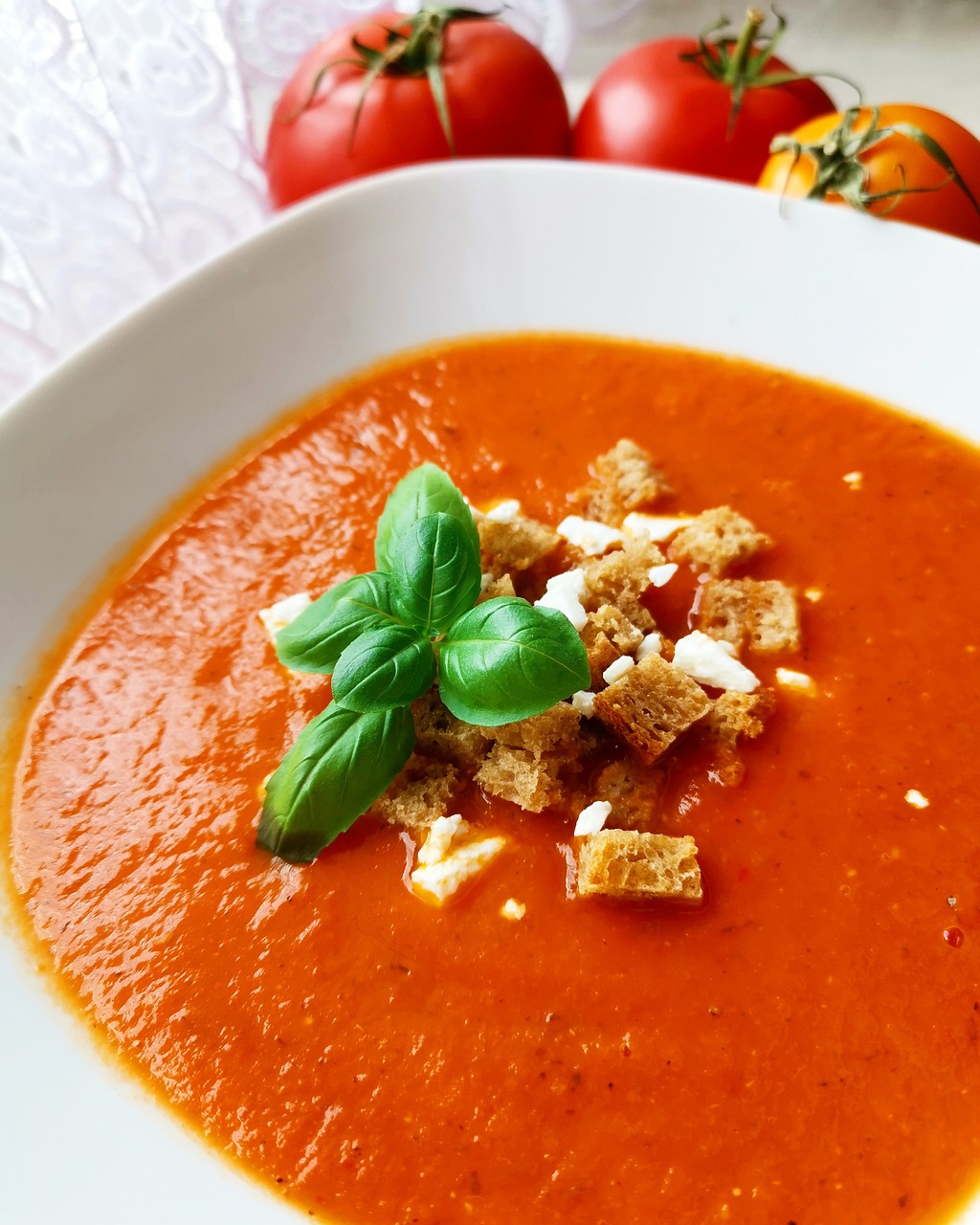
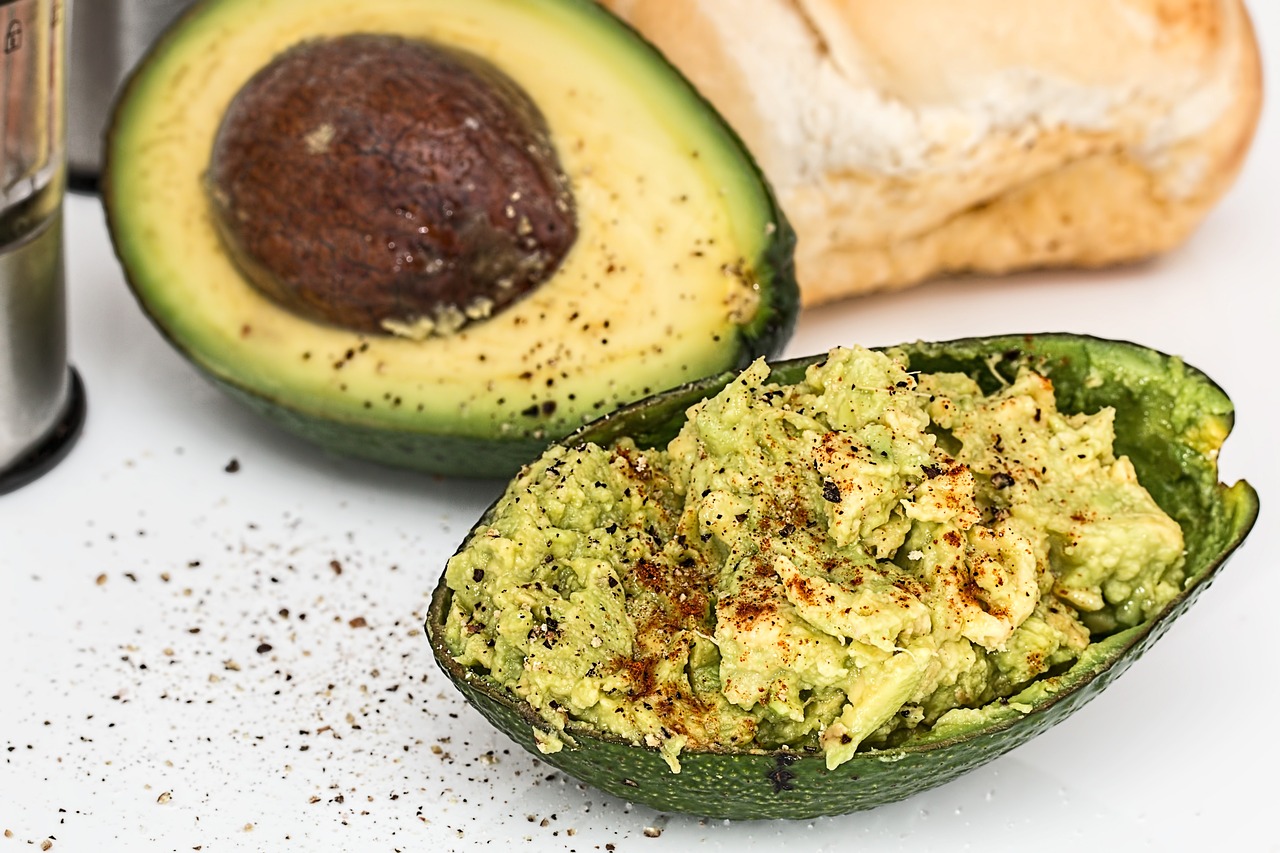
Ingredients:
- 1 ripe avocado, halved and pitted
- 1/2 cup canned tuna, drained
- 1 tablespoon mayonnaise
- 1 tablespoon red onion finely diced (can be sauteed if preferred)
- Salt and pepper to taste
Instructions:
- In a bowl, mix together the hollowed-out avocado, canned tuna, mayonnaise, diced red onion, salt, and pepper until well combined.
- Spoon the tuna salad mixture into the hollowed-out centre of each avocado half.
- Serve immediately.
Pros:
- Tuna is rich in protein and omega-3 fatty acids.
- Avocado provides healthy fats and vitamins.
- Simple to prepare and assemble.
Cons:
- Some seniors may find it difficult to eat due to the texture of avocado. Make sure to only use well-ripened avocados.
Ingredients:
- 2 hard-boiled eggs, chopped
- 1 tablespoon mayonnaise
- 1 teaspoon Dijon mustard
- Salt and pepper to taste
- 2 slices soft whole wheat bread
- Lettuce leaves or cucumber (optional)
Instructions:
- In a bowl, combine chopped hard-boiled eggs, mayonnaise, Dijon mustard, salt, and pepper.
- Spread the egg salad mixture evenly onto one slice of bread.
- Top with lettuce leaves or cucumber (if using) and the other slice of bread.
- Cut the sandwich into quarters or eighths and serve.
Pros:
- Eggs are a good source of protein and nutrients.
- Whole wheat bread adds fibre and complex carbohydrates.
- Easy to chew and digest.
Cons:
- Mayonnaise-based salads can be higher in calories.
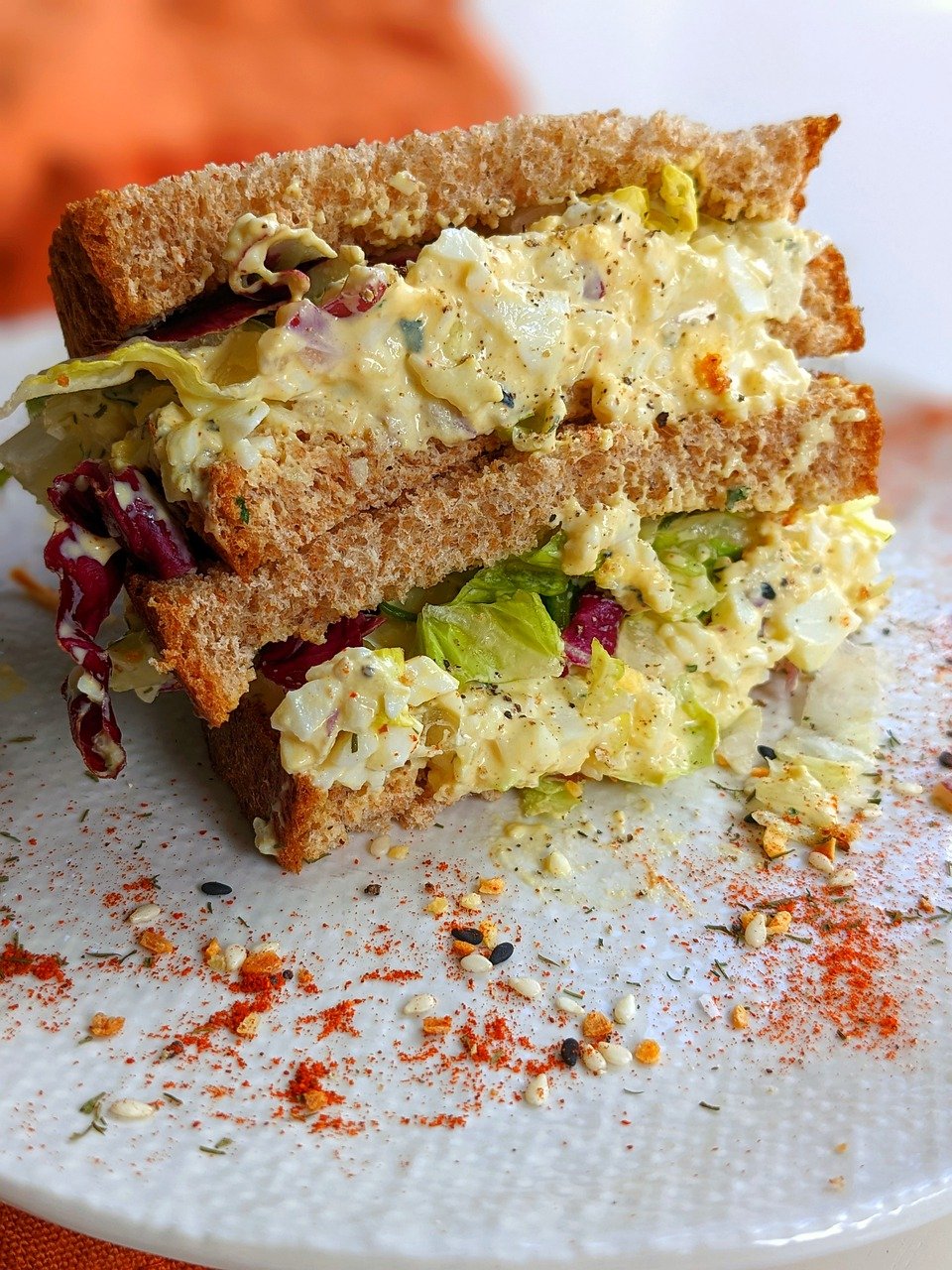
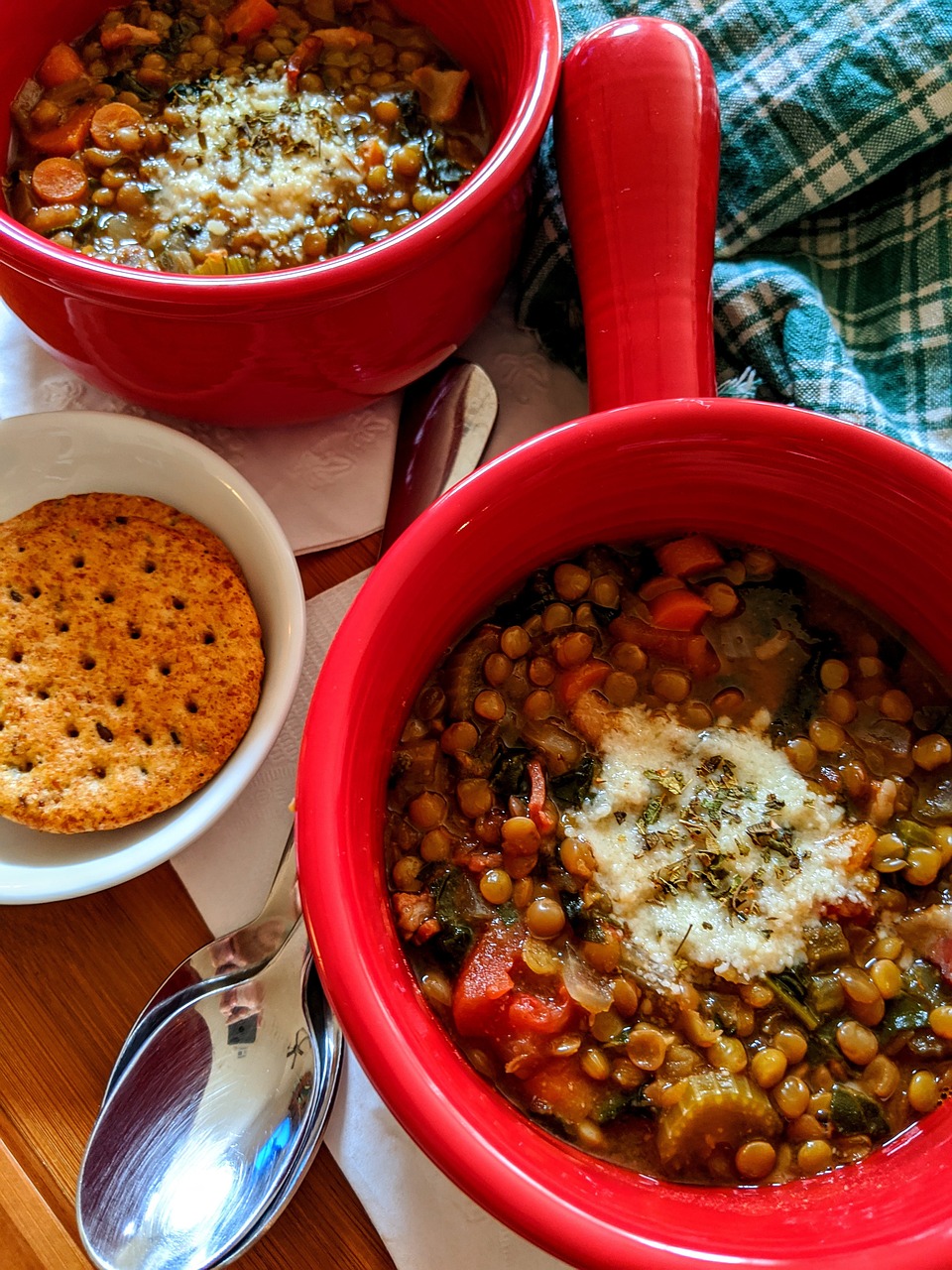
Ingredients:
- 1/2 cup cooked red lentils (cooked)
- 1/2 cup diced carrots
- 1/2 cup diced potatoes
- 1/4 cup diced celery
- 1/4 cup diced onion
- 2 cups vegetable or chicken broth (preferably pre-prepared from chicken thigh)
- Salt and pepper to taste
- Fresh parsley for garnish (optional)
Instructions:
- In a pot, combine cooked lentils, diced carrots, potatoes, celery, onion, and broth.
- Bring to a boil, then reduce heat to low and simmer for 15-20 minutes or until vegetables are tender.
- Season with salt and pepper to taste.
- Ladle the soup into a bowl, garnish with fresh parsley if desired, and serve hot.
Pros:
- Lentils provide protein and fibre.
- Vegetables offer vitamins and minerals.
- Easy to digest and comforting.
Cons:
- Some seniors may prefer smoother soups without chunks of vegetables. (This soup can be pureed if desired).
These lunch recipes offer healthy options while being very easy to eat. All of these recipes have been made to provide a small yet filling option. Adjust ingredients and seasonings according to individual preferences and dietary needs of the senior.
1. Baked Salmon Fillet with Pureed Sweet Potatoes
Ingredients:
- 1 salmon fillet
- Olive oil
- Salt and pepper to taste
- 1 large sweet potato, peeled and diced
- Butter or milk (optional)
Instructions:
- Preheat the oven to 375°F (190°C).
- Place the salmon fillet on a baking sheet lined with parchment paper.
- Drizzle with olive oil and season with salt and pepper.
- Bake for 12-15 minutes or until the salmon is cooked through and flakes easily with a fork.
- Meanwhile, boil or steam the diced sweet potato until soft, about 10-15 minutes.
- Mash the sweet potato with a fork or potato masher. Add butter or milk for creaminess if desired.
- Serve the baked salmon with mashed sweet potatoes on the side.
Pros:
- Salmon is rich in protein and omega-3 fatty acids.
- Sweet potatoes offer vitamins and fibre.
- Easy to chew and digest.
Cons:
- Some salmon bones may still be found in the salmon after cooking.
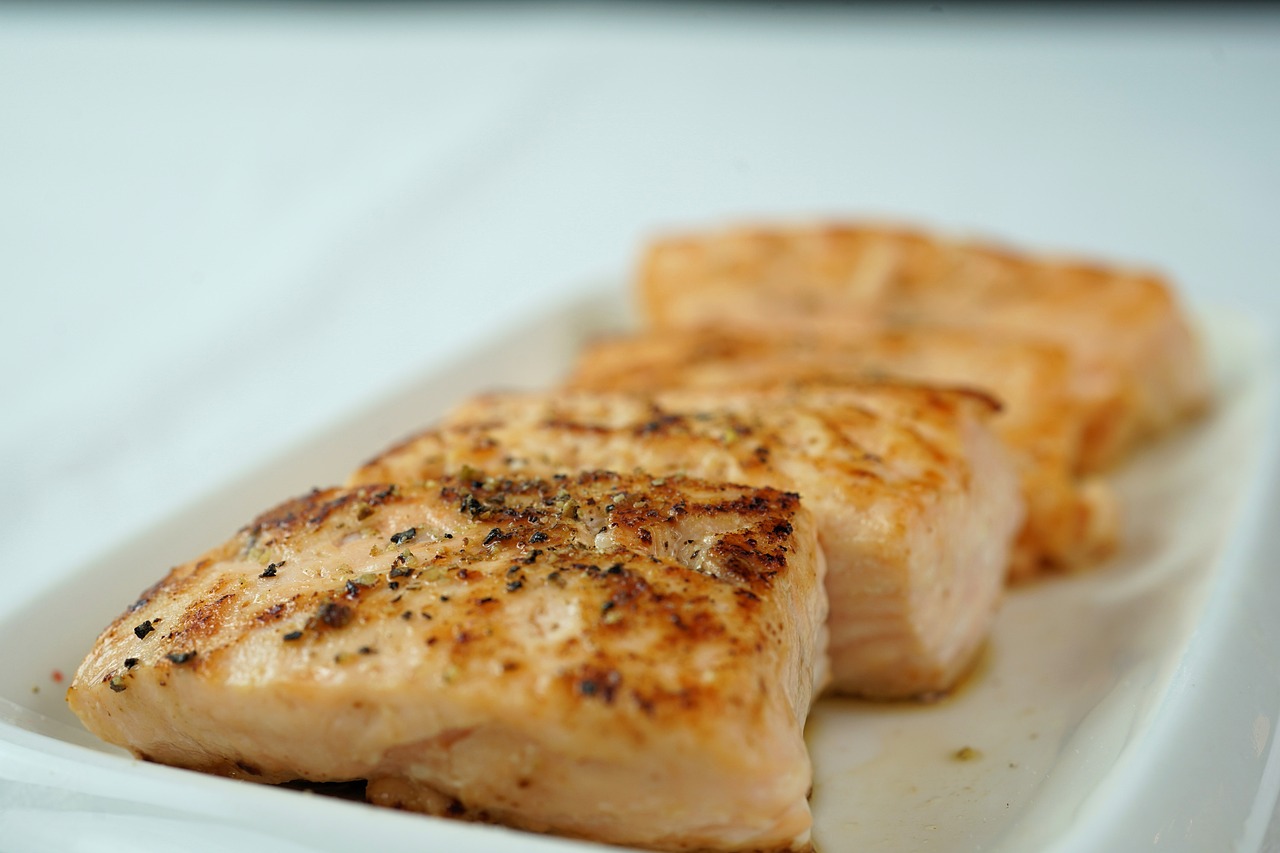
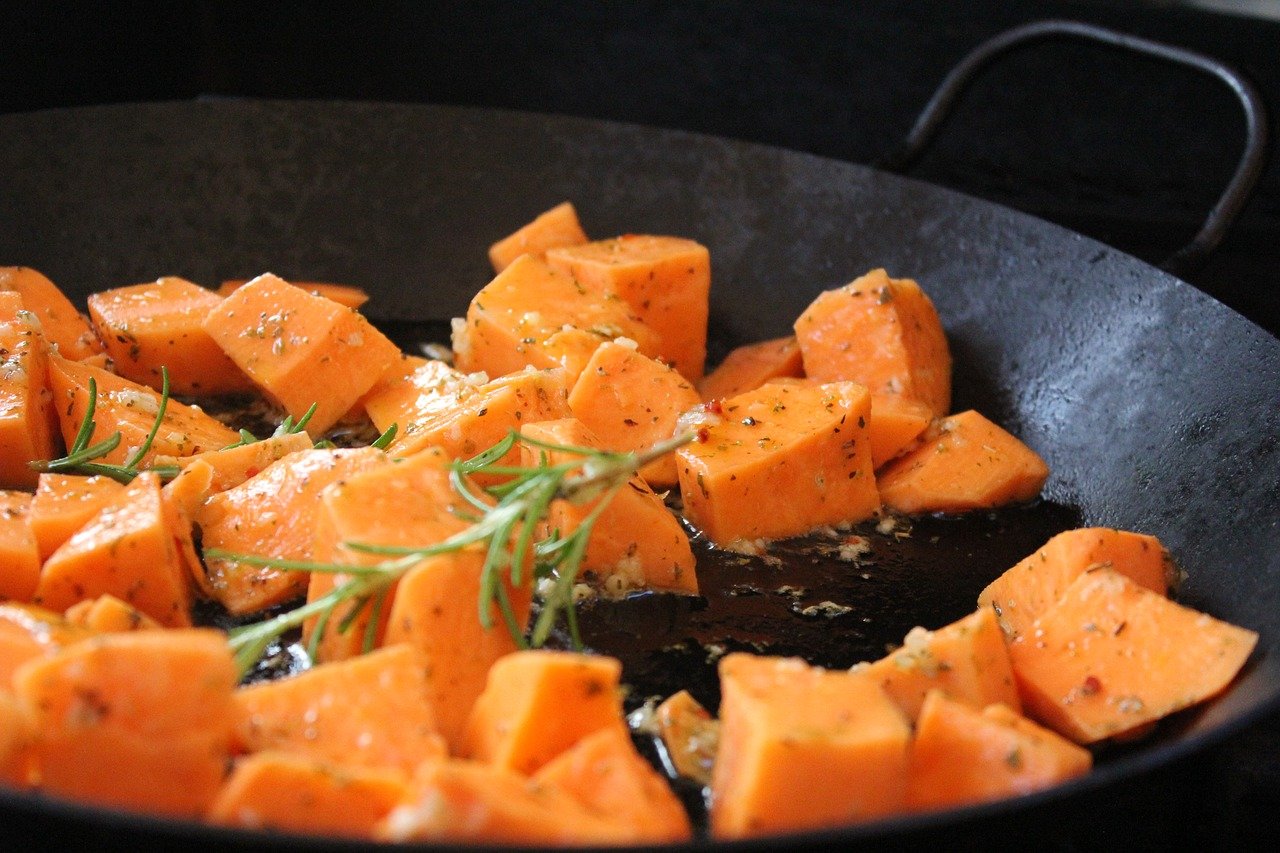
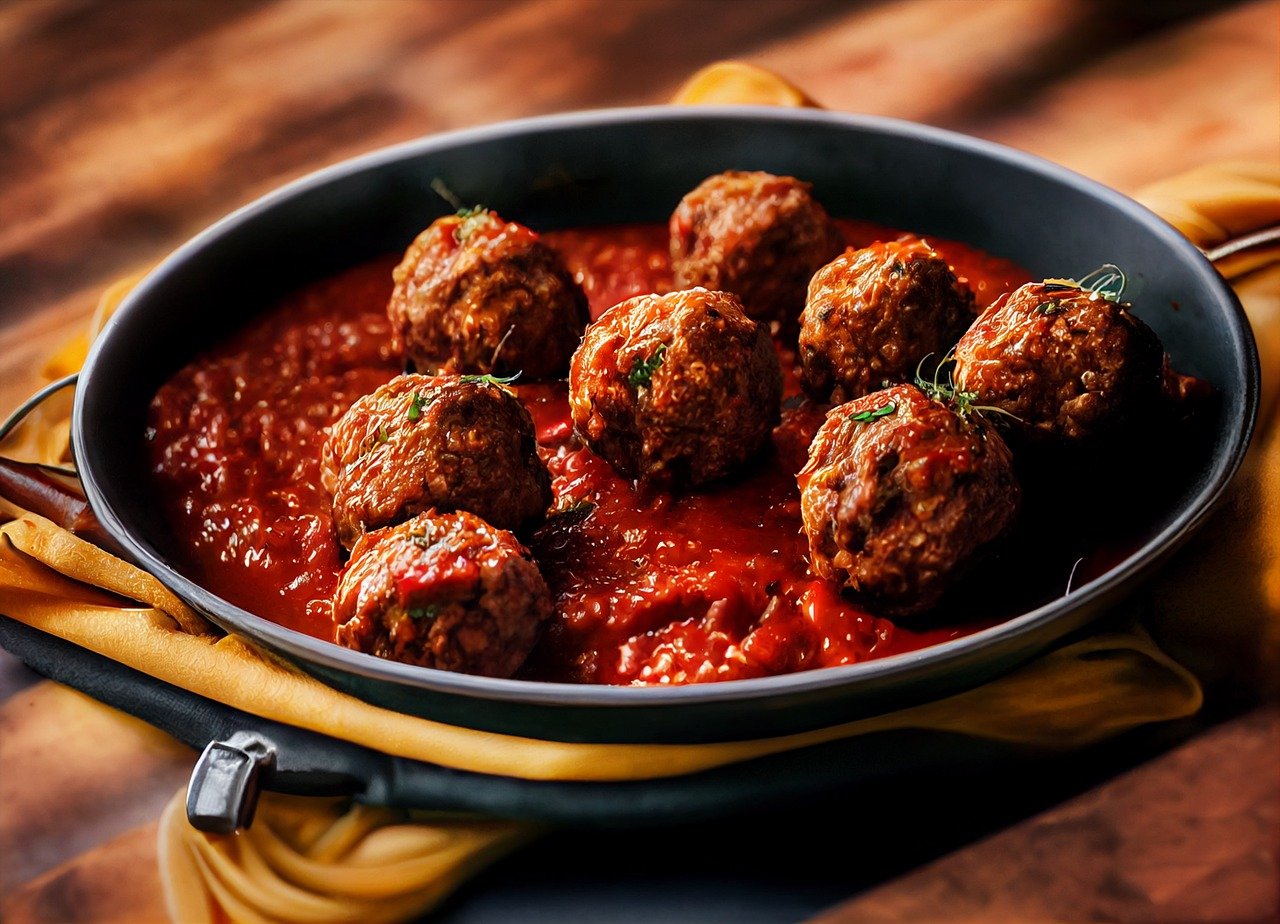
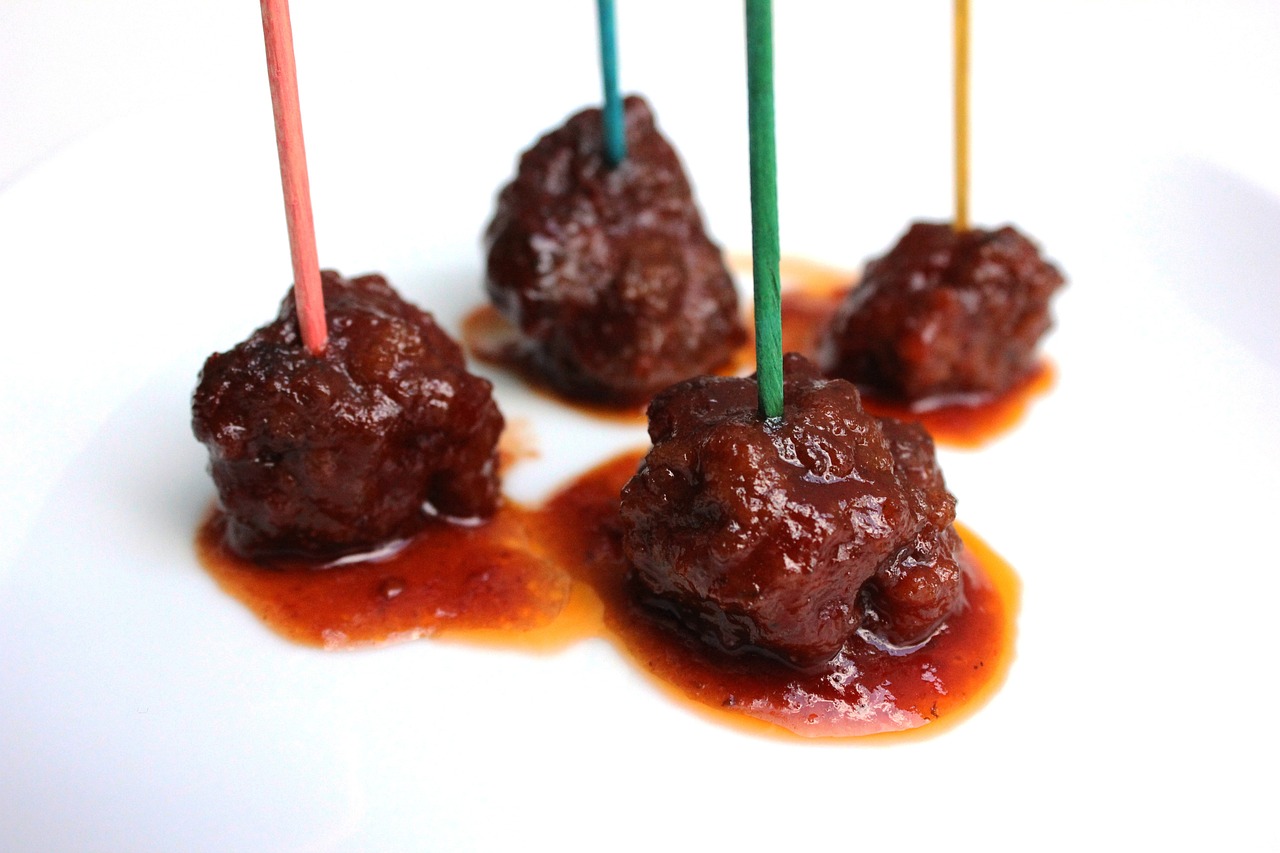
Ingredients:
- 1/2 lb ground turkey
- 1/4 cup breadcrumbs
- 1 egg
- 1/4 cup grated Parmesan cheese
- 1/2 teaspoon garlic powder ( can be replaced by another spice as desired)
- Salt and pepper to taste
- 1 cup marinara sauce
- Cooked pasta or soft bread for serving
Instructions:
- Preheat the oven to 375°F (190°C).
- In a bowl, combine ground turkey, breadcrumbs, egg, Parmesan cheese, garlic powder, salt, and pepper. Mix until well combined.
- Shape the mixture into small meatballs and place them on a baking sheet lined with parchment paper.
- Bake for 15-20 minutes or until the meatballs are cooked through.
- Heat the marinara sauce in a saucepan over medium heat.
- Serve the turkey meatballs with marinara sauce over cooked brown rice, pasta or with a soft bread roll.
Pros:
- Turkey is a lean source of protein.
- Baked, not fried, for healthier preparation.
- Marinara sauce adds flavour and moisture.
Cons:
- Some seniors may find these meatballs difficult to chew.
Ingredients:
- 1/2 cup cooked quinoa
- 1/2 cup mixed vegetables (bell peppers, broccoli, carrots, etc.), diced
- 1/4 cup diced onion
- 1 garlic clove, minced
- 1 tablespoon olive oil
- Soy sauce or hoisin sauce to taste
Instructions:
- Heat olive oil in a skillet over medium heat.
- Add diced onion and minced garlic. Cook until softened, about 2-3 minutes.
- Add mixed vegetables to the skillet and stir-fry until tender, about 5-7 minutes.
- Stir in cooked quinoa and soy sauce or hoisin to taste. Cook for an additional 2-3 minutes.
- Serve hot.
Pros:
- Quinoa provides protein and fibre.
- Mixed vegetables offer vitamins and minerals.
- Light and easy to digest.
Cons:
- Soy or hoisin sauce may be expensive for some seniors. (Can be replaced with another flavouring).
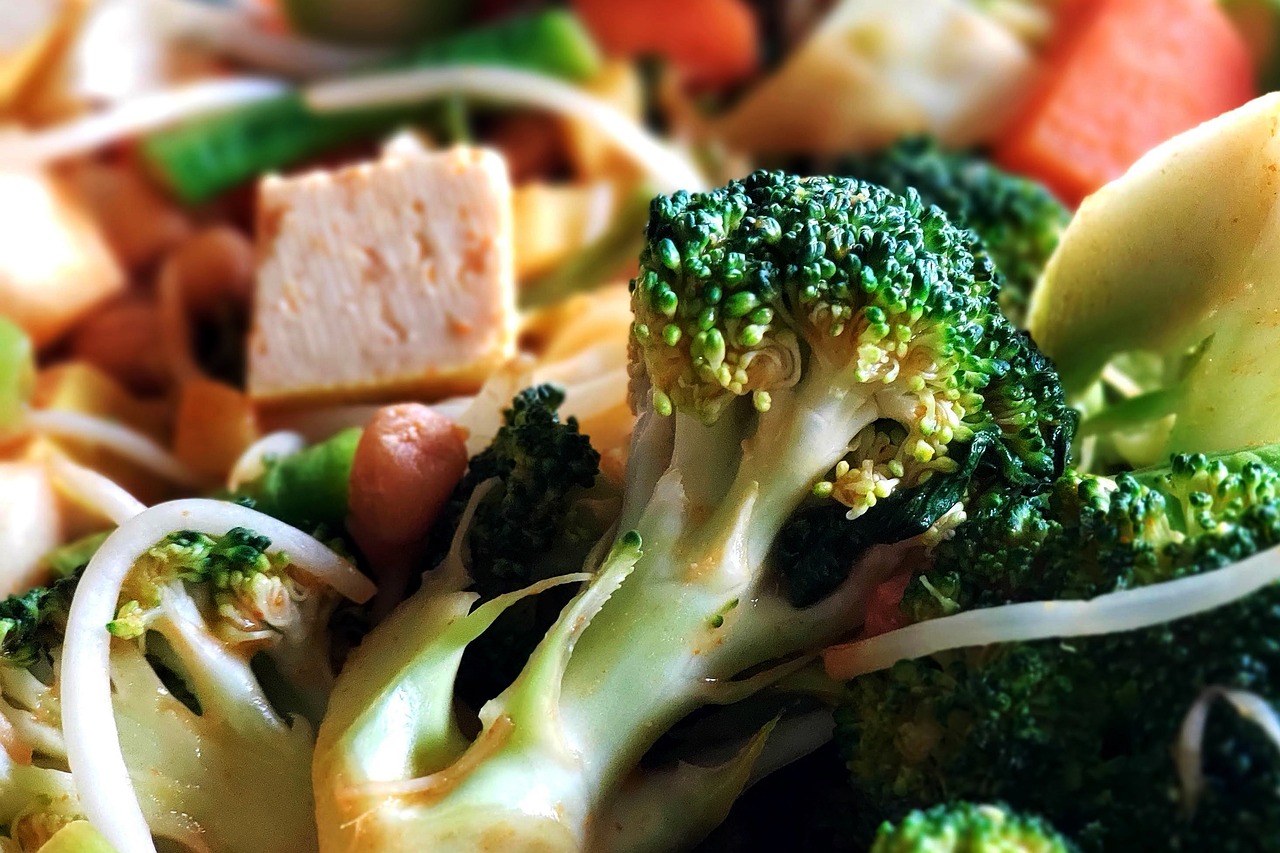
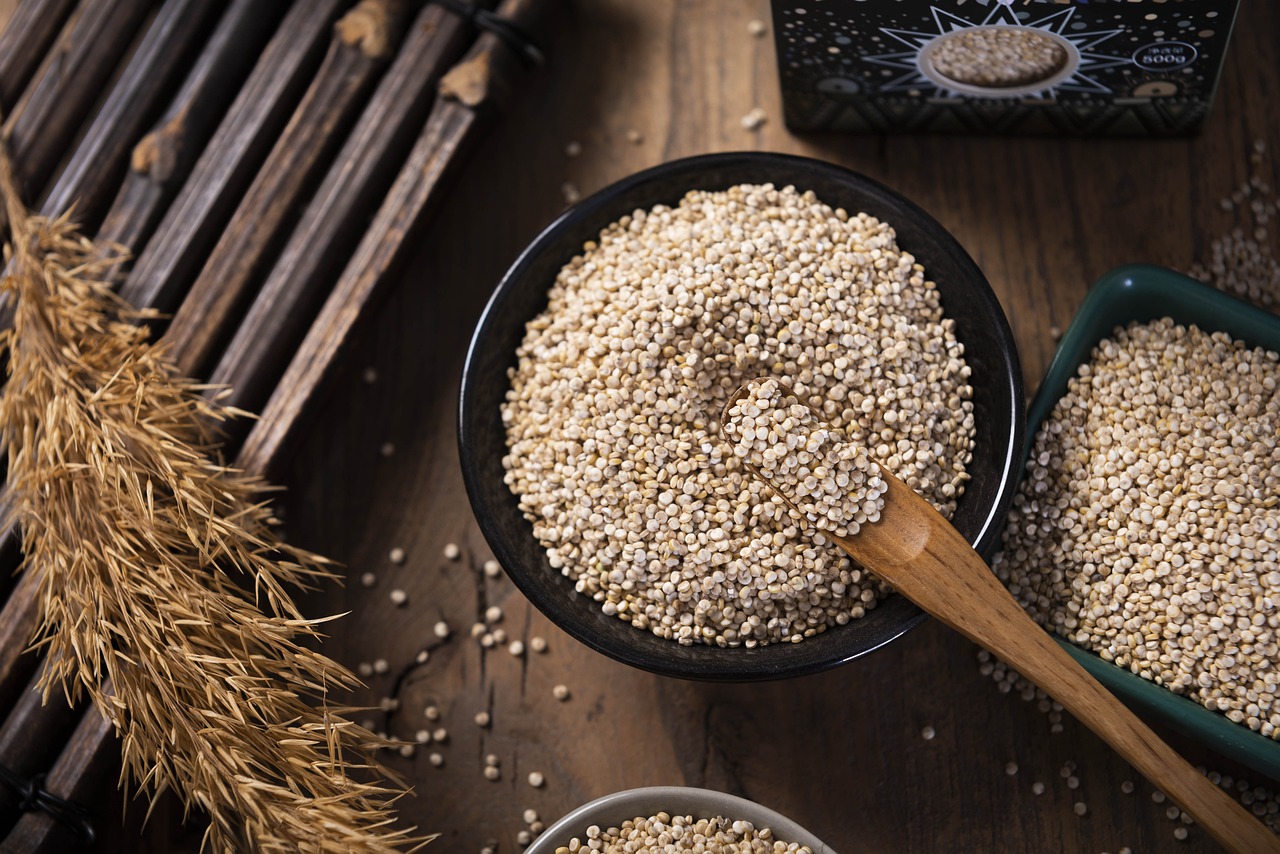
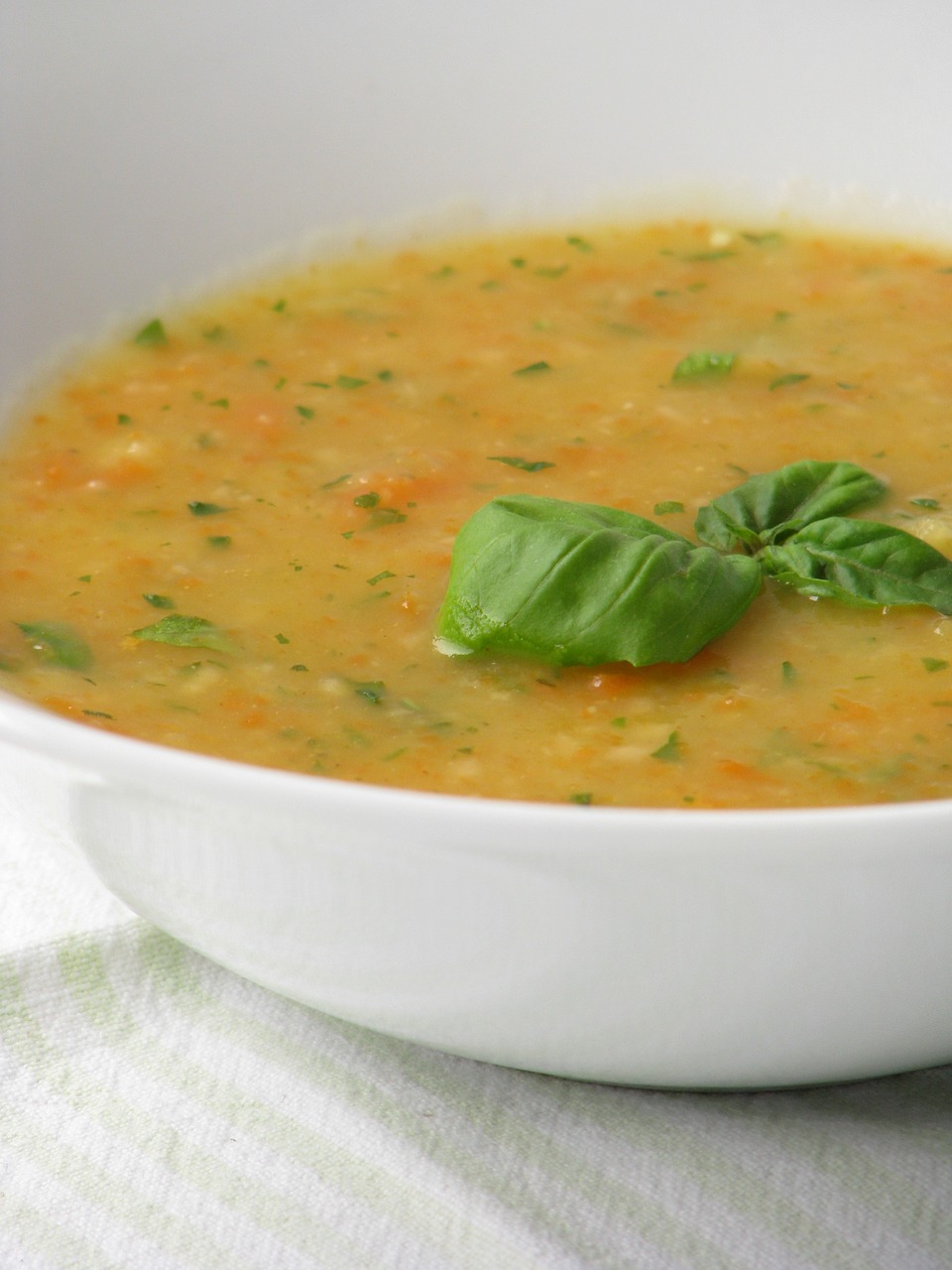
Ingredients:
- 1 chicken breast, cooked and shredded
- 4 cups chicken broth (Use chicken stock cubes)
- 1 cup mixed vegetables (carrots, celery, peas, etc.), diced
- 1/4 cup diced onion
- 1 garlic clove, minced
- Salt and pepper to taste
Instructions:
- In a pot, bring chicken broth to a simmer over medium heat.
- Add diced onion and minced garlic. Cook until softened, about 2-3 minutes.
- Add mixed vegetables to the pot and simmer until tender, about 10 minutes.
- Stir in shredded chicken and season with salt and pepper to taste. Cook for an additional 2-3 minutes.
- Serve hot.
Pros:
- Chicken provides protein for muscle health.
- Vegetables offer vitamins and minerals.
- Comforting and easy to eat.
Cons:
- May require additional seasoning for flavour.
Ingredients:
- 1/2 block soft tofu, diced in small cubes
- 1 cup mixed vegetables (bell peppers, mushrooms, grated carrot, green beans, etc.), sliced
- 1/4 cup diced red onion
- 1 garlic clove, minced
- 2 teaspoons soy sauce
- Cooked rice for serving
Instructions:
- Heat oil in a skillet over medium heat.
- Add diced onion and minced garlic. Cook until softened, about 2-3 minutes.
- Add mixed vegetables to the skillet and stir-fry until tender, about 5-7 minutes.
- Add diced tofu and soy sauce to the skillet. Cook for an additional 2-3 minutes, stirring gently to avoid breaking the tofu.
- Serve the tofu stir-fry over cooked whole grain rice.
Pros:
- Tofu provides plant-based protein.
- Mixed vegetables offer vitamins and fibre.
- Light and easy to digest.
Cons:
- Some seniors may find tofu expensive to purchase.
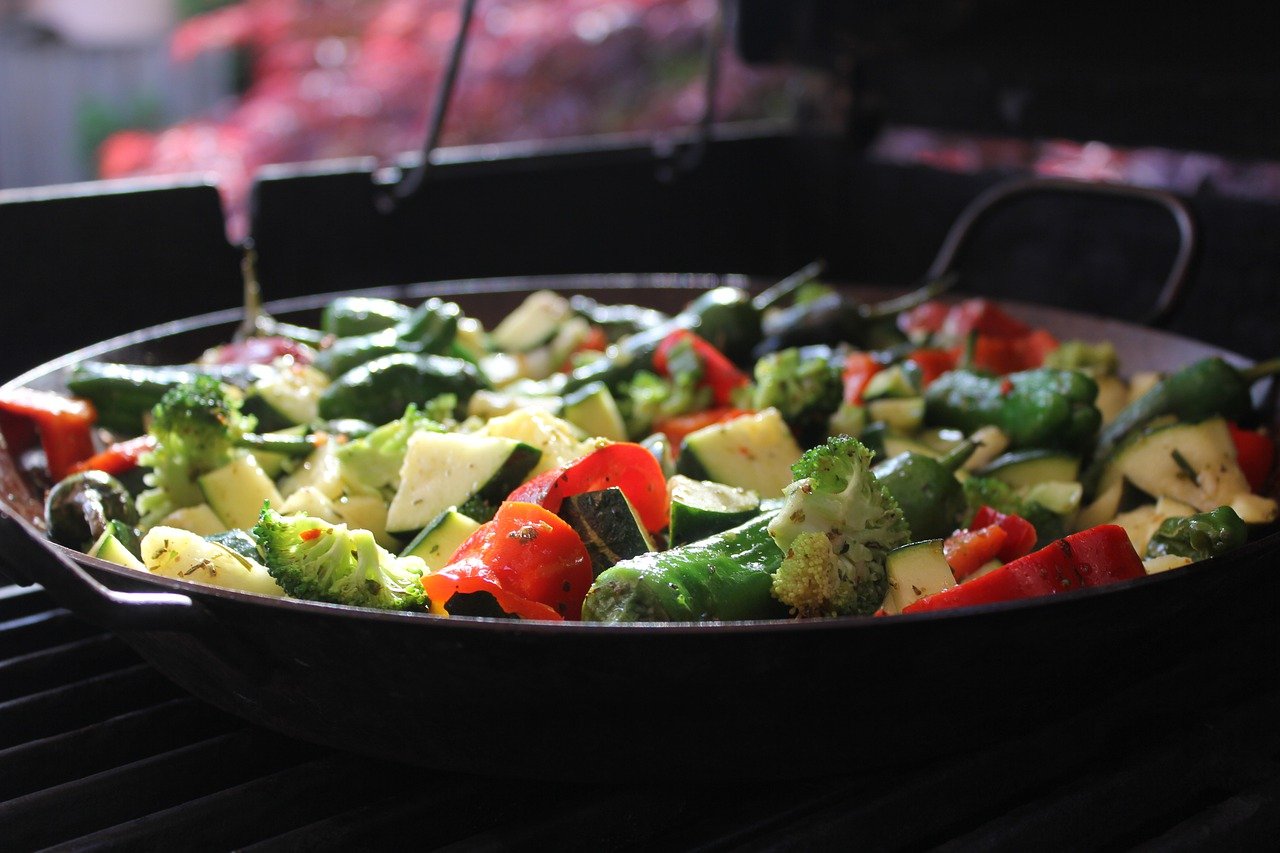
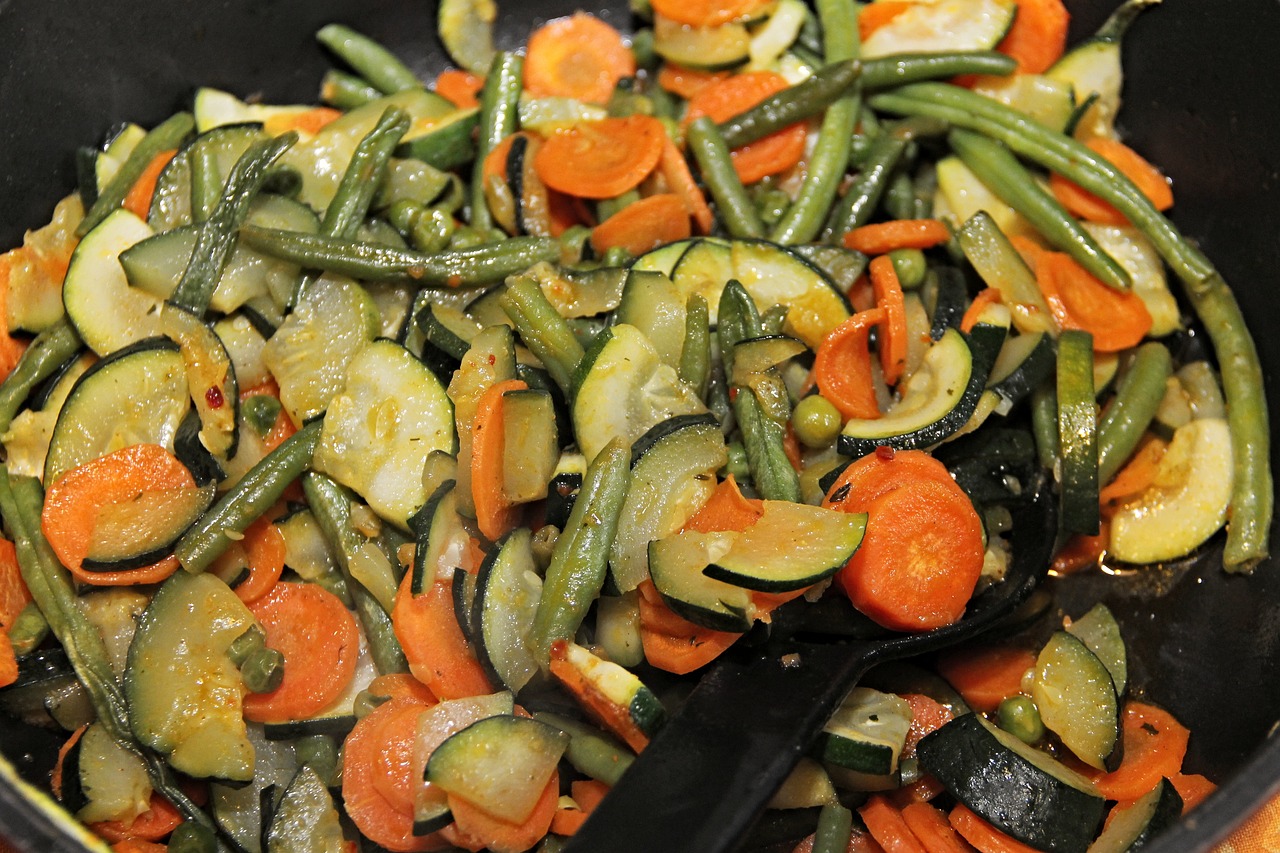
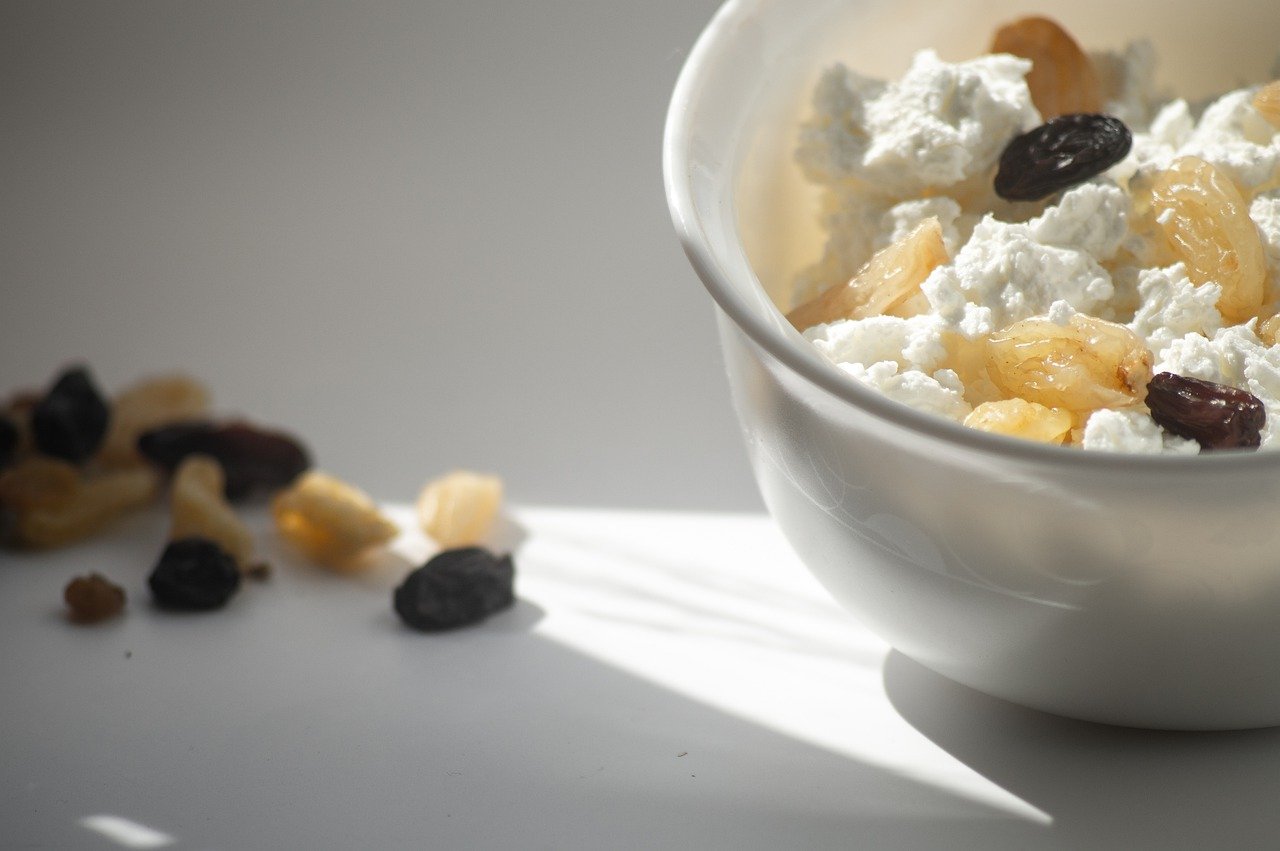
1. Cottage Cheese Fruit Bowl
Ingredients:
- 1/2 cup cottage cheese
- 1/2 cup mixed fruits (berries, banana slices, etc.)
- 1 tablespoon honey or maple syrup (optional)
- Chopped nuts or seeds (optional)
Instructions:
- In a bowl, spoon cottage cheese.
- Top with mixed fruits.
- Drizzle with honey or maple syrup if desired.
- Sprinkle with chopped nuts or seeds for added texture.
- Serve immediately.
Pros:
- Cottage cheese provides protein and calcium.
- Mixed fruits offer vitamins and antioxidants.
- Very quick and easy to prepare.
Cons:
- Some seniors may not enjoy the taste of cottage cheese.
Ingredients:
- 1/2 block soft tofu, crumbled
- 1 cup fresh spinach leaves
- 1/2 cup cherry tomatoes, halved
- 1/4 cup diced onion
- 1/2 garlic clove, minced
- Salt and pepper to taste
Olive oil for cooking
Instructions:
- Heat olive oil in a skillet over medium heat.
- Add diced onion and minced garlic. Cook until softened, about 2-3 minutes.
- Add cherry tomatoes to the skillet and cook until slightly softened, about 3-4 minutes.
- Add fresh spinach leaves and crumbled tofu to the skillet. Cook until spinach wilts and tofu is heated through, about 2-3 minutes.
- Season with salt and pepper to taste.
- Serve hot.
Pros:
- Tofu provides plant-based protein.
- Spinach and tomatoes offer vitamins and antioxidants.
- The soft texture is easy to chew and digest.
Cons:
- Some seniors may not enjoy the taste of tofu, as it can be considered bland.
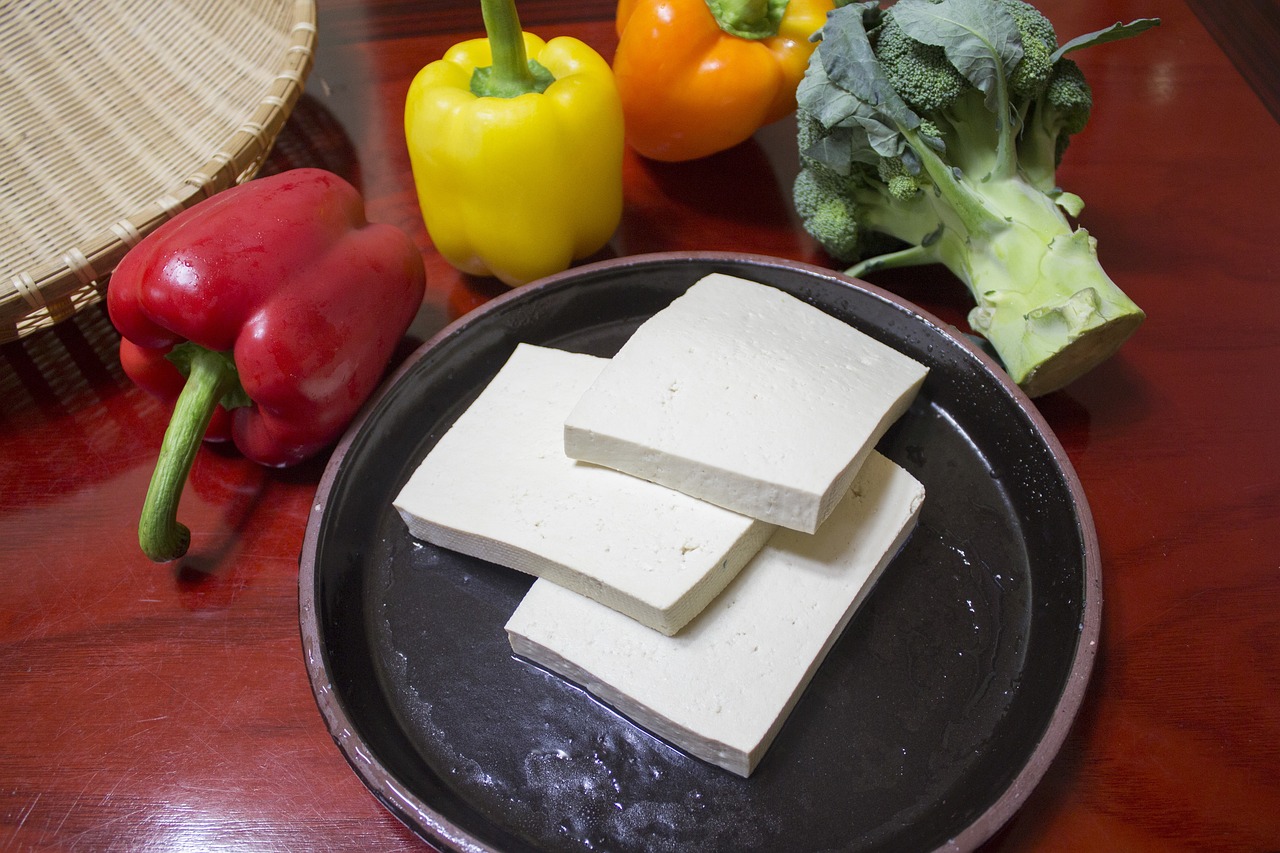
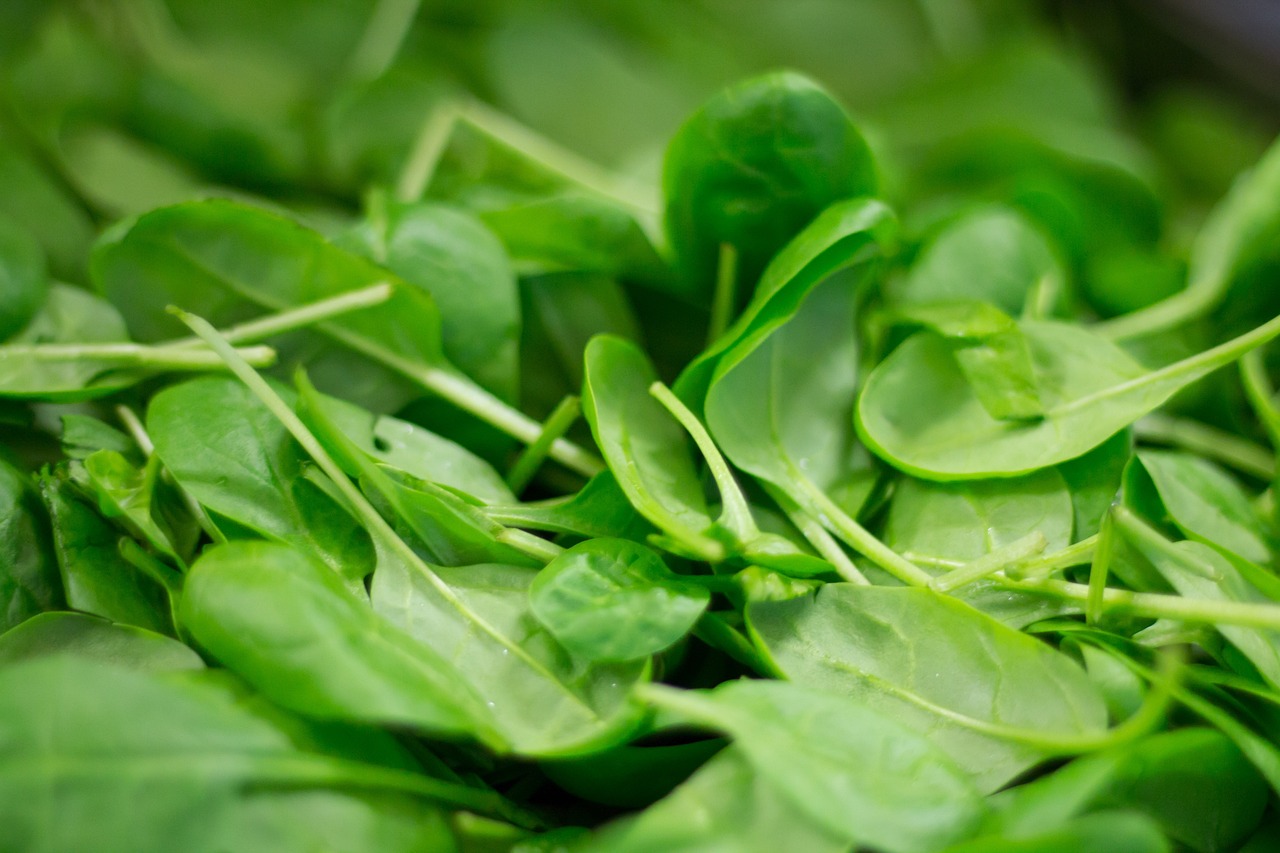
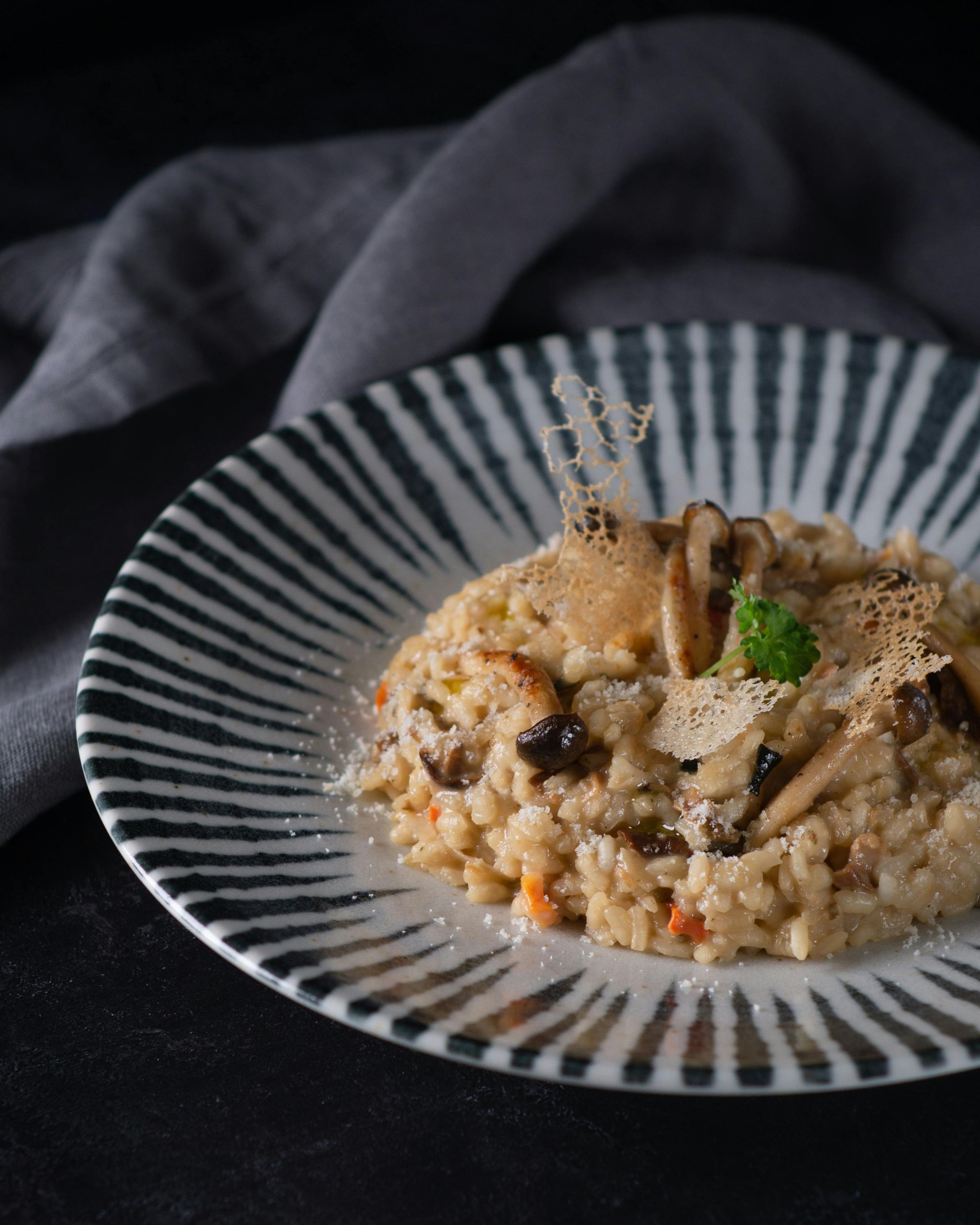
Ingredients:
- 1/2 cup whole grain brown rice
- 1 cup mushrooms, sliced thinly
- 1/4 cup diced onion
- 1/2 garlic clove, minced
- 2 cups vegetable or chicken broth
- 1/4 cup grated Parmesan cheese
- Salt and pepper to taste
- Olive oil for cooking
Instructions:
- Heat olive oil in a saucepan over medium heat.
- Add diced onion and minced garlic. Cook until softened, about 2-3 minutes.
- Add sliced mushrooms to the saucepan and cook until tender, about 5-7 minutes.
- Stir in rice and cook for 1-2 minutes.
- Gradually add vegetable or chicken broth, 1/2 cup at a time, stirring constantly until the liquid is absorbed and the rice is creamy and tender, about 20-25 minutes.
- Stir in grated Parmesan cheese and season with salt and pepper to taste.
- Serve hot.
Pros:
- Whole grain rice provides carbohydrates and fibre.
- Mushrooms offer vitamins and minerals.
- The creamy texture is easy to eat.
Cons:
- Requires constant attention and stirring and has a longer preparation time.
Ingredients:
- 1 medium potato
- 1/4 cup cottage cheese
- Fresh chives, chopped
- Salt and pepper to taste
Instructions:
- Preheat the oven to 400°F (200°C).
- Pierce the potato several times with a fork and place it on a baking sheet.
- Bake for 45-60 minutes or until the potato is tender when pierced with a fork.
- Slice the baked potato open lengthwise and fluff the flesh with a fork.
- Top with cottage cheese and chopped chives.
- Season with salt and pepper to taste.
- Serve hot.
Pros:
- Potato provides carbohydrates and fibre.
- Cottage cheese adds protein and calcium.
- The soft texture is easy to eat.
Cons:
- Baking time is much longer than other recipes.
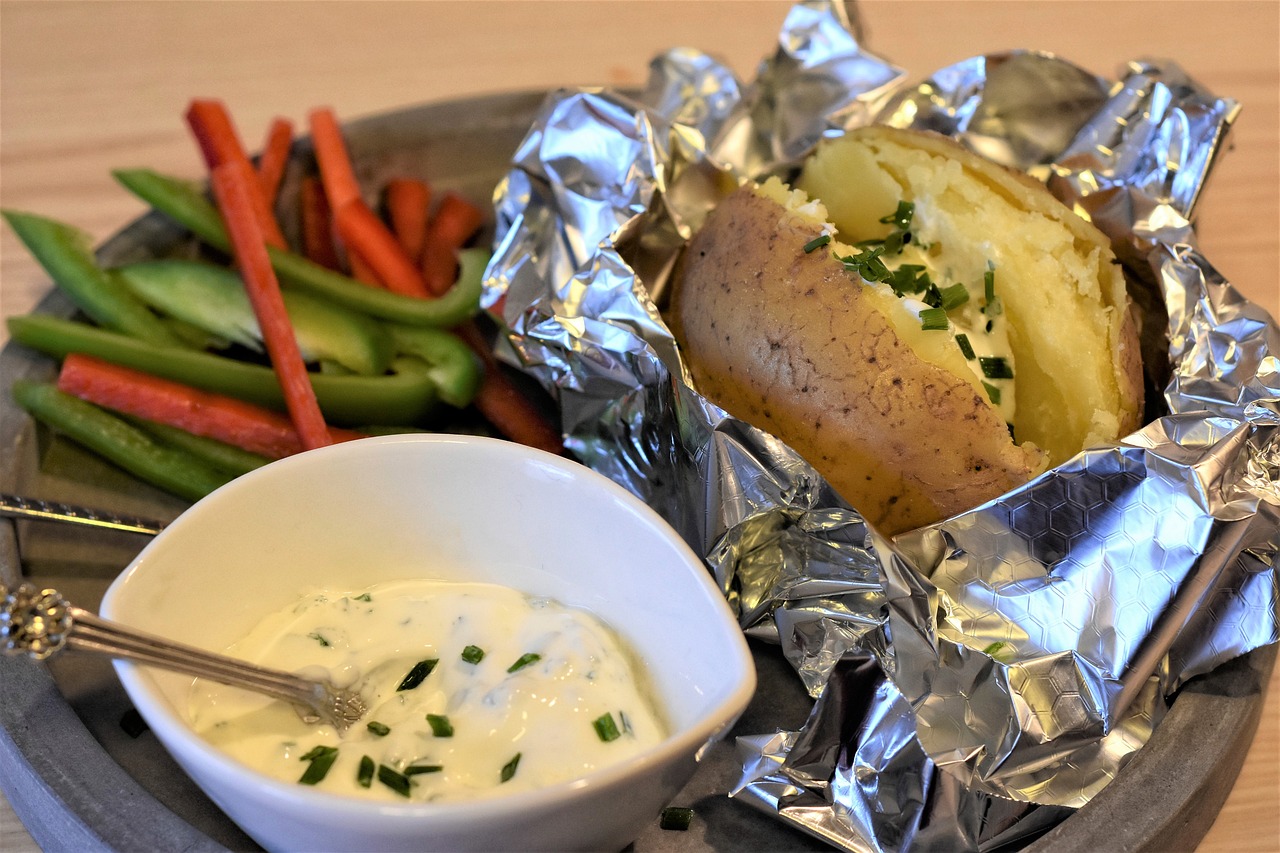
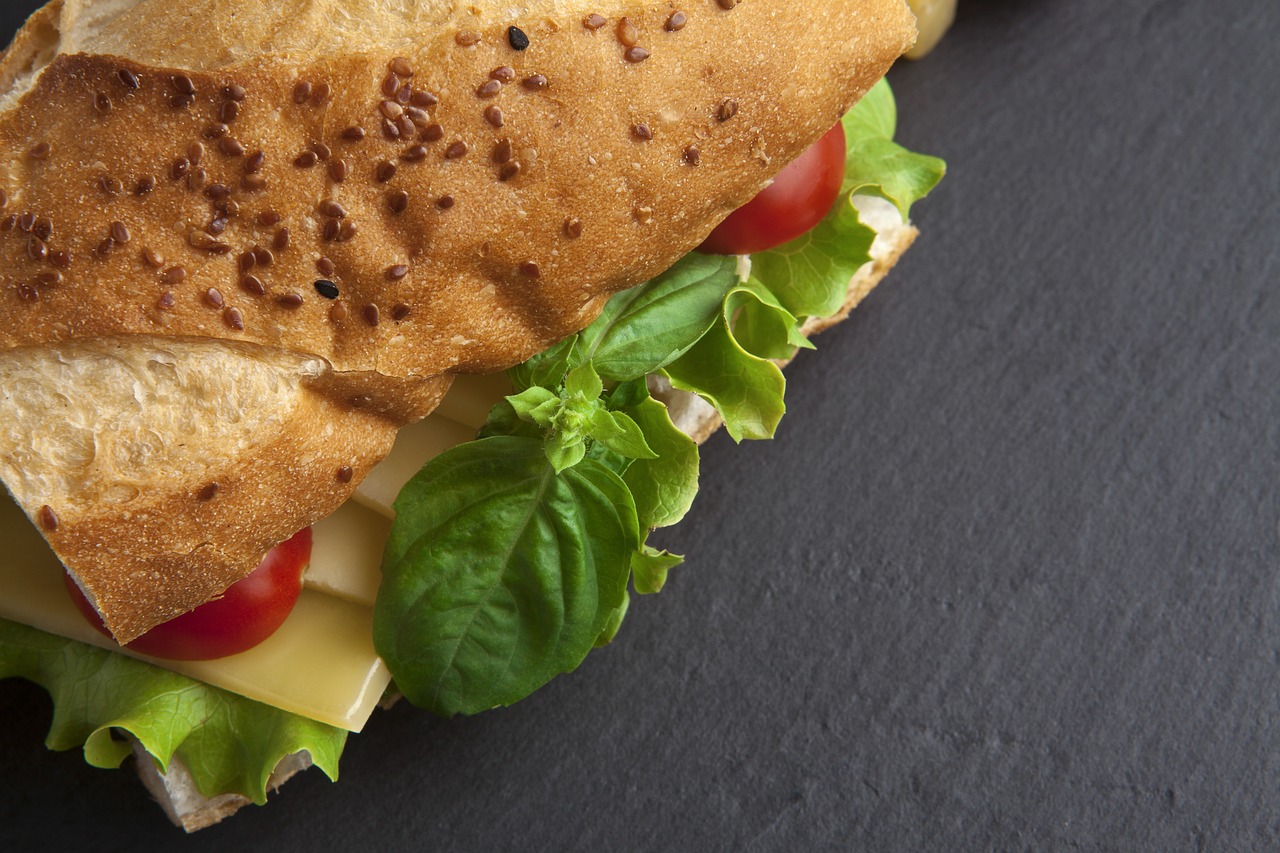
Ingredients:
- 2 slices soft whole wheat brown bread
- Cooked turkey breast, sliced very thinly
- Sliced or grated cheddar cheese
- Butter for spreading (optional)
- Lettuce leaves (optional)
Instructions:
- If desired, spread butter on one side of each slice of bread.
- Layer cooked turkey breast and sliced or grated cheese between the bread slices.
- Add lettuce leaves if using.
- Serve immediately.
Pros:
- Turkey provides protein for muscle health.
- Cheese offers calcium and protein.
- Soft bread is easy to chew and digest.
Cons:
- Seniors may require support to slice the turkey and grate the cheese.
We have given some examples above of very healthy and nutritious meals for seniors but we have to be aware that some seniors will not want to eat these types of food.
As care providers, 1st Focus Homecare works with seniors every day and prepares meals for these seniors every day so we know that trying to encourage a food or meal on a senior just because it is known to be nutritious is not always in the best interests of the senior.
Therefore, we as carers should advise and not push anything on our seniors.
Why do Seniors Lose their Appetite as They Get Older?
It is important to understand that as we get older, the body starts to shrink and this is the same for the stomach, so where we once before may have been a large eater, we now do not need as much food to feel full.

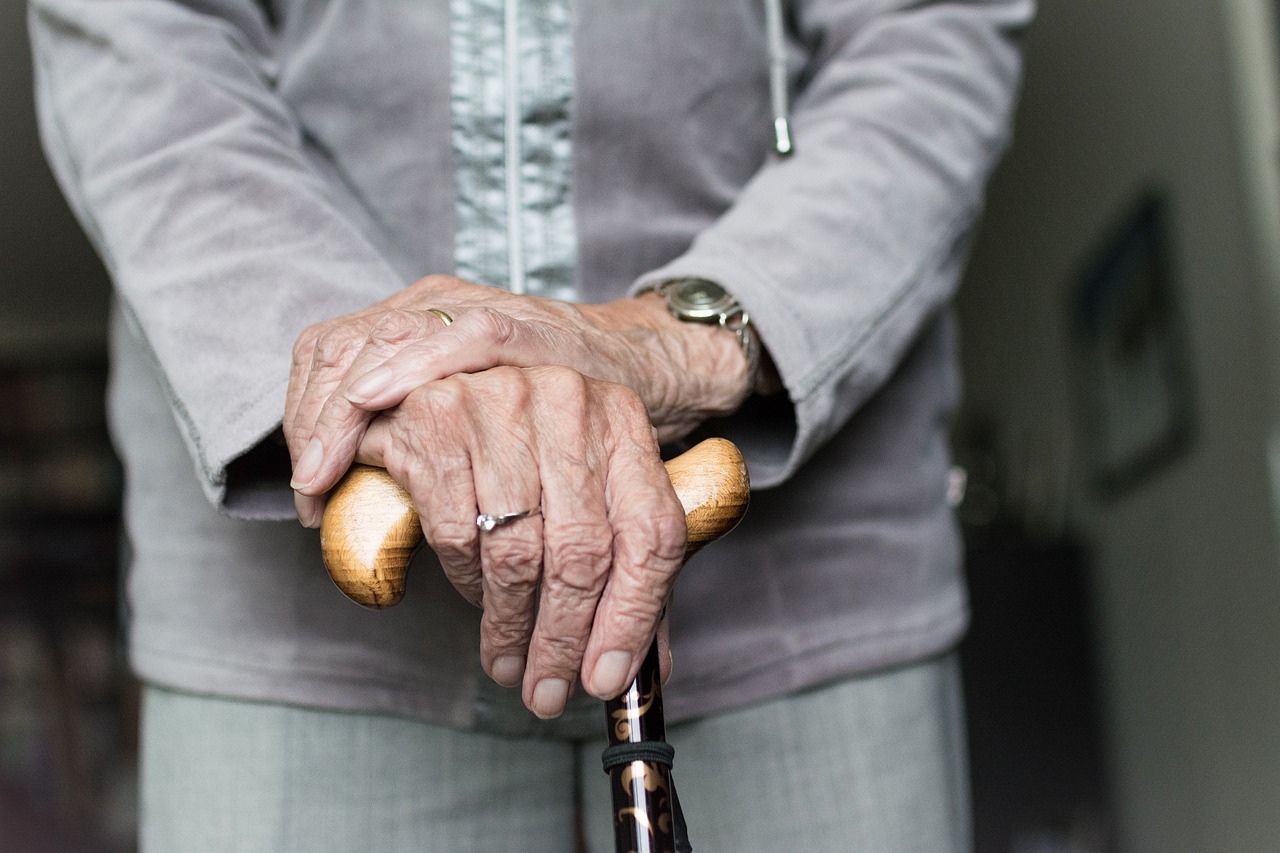
- Medication Impact – It is important to understand that some medications can affect how a person eats and the level of food intake. Many seniors are on multiple medications, so it is important to take medical advice on any conflicts between medication and certain foodstuffs.
- Deterioration of Senses – As we get older our sense of touch taste and smell is likely to deteriorate. It is important to understand that chewing may become difficult and painful for some seniors so foods need to be adjusted. Some foods may also become unattractive due to taste and smell.
- Saliva Production – The body produces saliva, which in turn has an effect on the acids in the stomach that digest food. The body requires certain nutrients to aid this digestion and if these are not being received in food, this can be the cause of stomach problems in seniors. Getting simple advice from a registered dietician can help.
- Mental Health – Eating by yourself is no fun, which is why we have built our list of 20 healthy meals for seniors. Because these are easy and quick to prepare, both the carer and the senior can eat together. This can be a great way to get seniors to eat healthily, even if they are just small portions of food. Eating with somebody else and chatting during the meal promotes mental well-being.
- Lack of Physical Activity – We are aware that a lack of physical activity is not a good thing generally and this is one thing that if able to be introduced into a senior’s day can help increase appetite. Even something as simple as a brief walk in the fresh air (which is tiring for some seniors) can help spark an increase in appetite as the body requires food for energy.
Plenty is written about the problems of overeating, but undereating and malnutrition, particularly in seniors, can be detrimental to both physical and mental health. Below are five disorders that can occur due to under-eating.
Brain Function
Not eating enough or not eating nutrient-dense foods creates a nutrient deficiency, and studies have shown that this can affect the brain’s capacity to produce neurons which in turn can lead to speech impairment, memory loss and early onset of conditions like Alzheimers.
Muscle Strength
Reduced muscle strength occurs through a lack of protein and this means that a senior may be unable to undertake physical activity which is needed to retain a basic level of fitness. Our 20 meal choices above contain a great selection that can help a senior get a good amount of protein in their diet.
Osteoporosis
One of the biggest risks to seniors is caused by falls and the breaking of bones. A broken bone in a senior will not heal naturally and may need to be pinned and screwed. Osteoporosis causes weak and brittle bones and the body needs certain nutrients for bone health. You can read more from the NHS on foods for healthy bones.
Vision Problems
As we get older, our sight does start to become worse. Seniors can suffer from cataracts and glaucoma, but some steps can be taken to slow this type of degeneration and it comes back to the main topic of this page, nutrition.
Experts at Sight Search UK have produced a long list, of over 60 nutrient-dense foods that are proven to aid in good sight and vision.

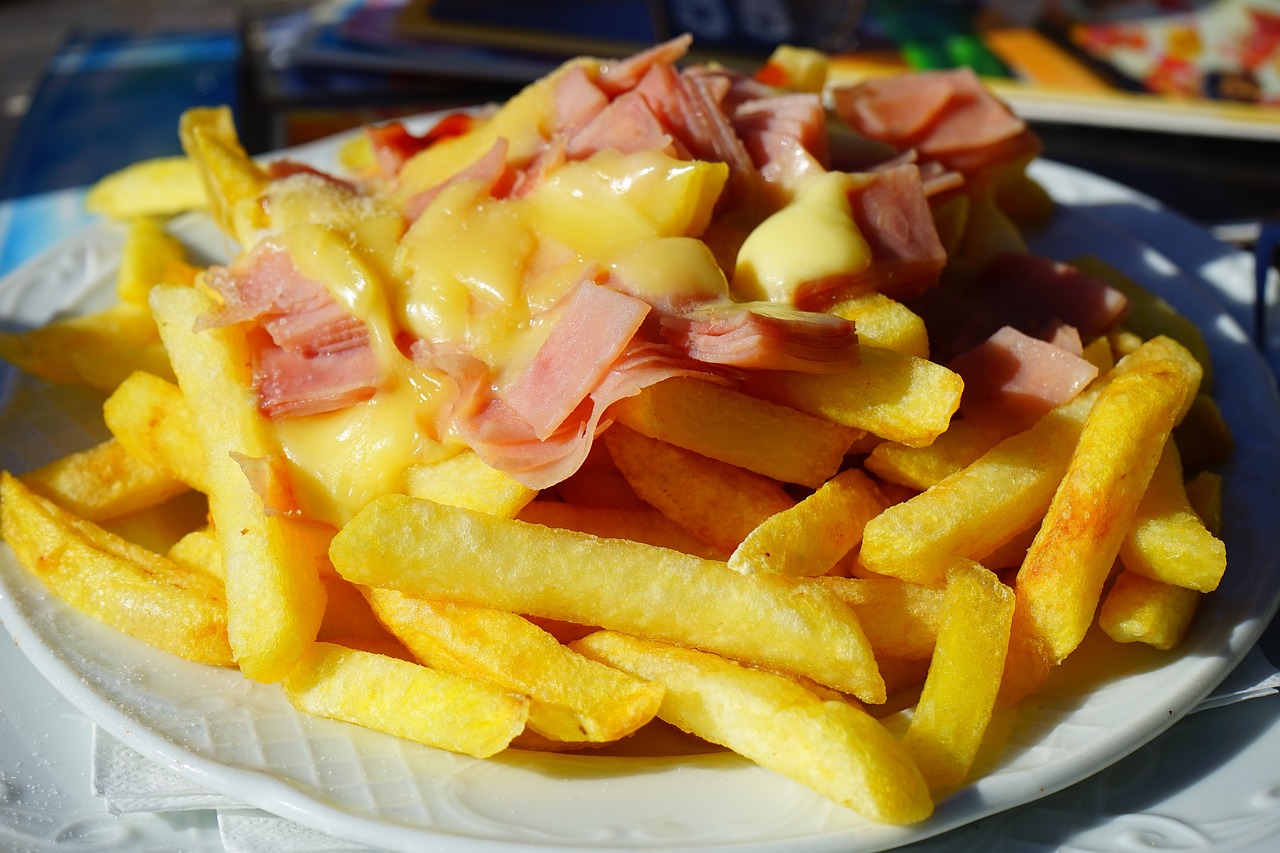
Although there is no study on whether certain foods can cause or reduce falls in seniors, there is no doubt that osteoporosis is a major cause of broken bones. Having weak and brittle bones means that when a fall does occur, it is likely to cause serious injury and of course, there is a higher risk of death in seniors who may take a fall either at home or even in a care home.
We recently posted an article on our site which did look at a study that showed how the use of decaffeinated drinks had been proven to reduce falls.
This is a very useful article to read for carers if you have a senior you are caring for as a professional carer or as a family member.
Reducing caffeine intake has certainly been proven to reduce falls in hospitals in the UK.
Q1: What are the key benefits of eating nutrient-dense foods?
A1: It has been proven that foods high in nutrients like the ones in our meal guide can support you in improved physical and mental well-being.
Q2: What are the dangers of malnutrition in seniors?
A2: As shown in the information we have researched, brain function can be affected by not eating healthily and calcium deficiency can lead to osteoporosis.
Q3: Are the foods in your diet list more expensive? Will I be able to afford a healthy diet?
A3: Eating healthy does not need to be expensive. Some of the foods in the recipes may prove expensive like salmon and tofu, but many of the meals use basic but very healthy ingredients that are not expensive.
Q4: Can I get funding to help with purchasing healthy food?
A4: The Scottish government (Care Information Scotland) does provide a “meals on wheels” service where you can get highly subsidised meals delivered to your home, and they can support special dietary needs as well. There may be a cost to this service based on a financial needs assessment.
References
Conclusion
This help guide has been written to support both carers and family members in providing some healthy meal choices to seniors.
As we mentioned at the beginning, we cannot force seniors to eat but can only offer them tasty and nutritious meals.
The 20 meals covered in this guide are meant to be easy (no special cooking skills needed) and quick to produce, have good benefits from a nutritional perspective, and of course, be as affordable as possible.
1st Focus Homecare is an Edinburgh Care company providing support to seniors and their families in and around the Edinburgh region.
If you require home care support in Edinburgh, please feel free to reach out to us for an initial chat.


